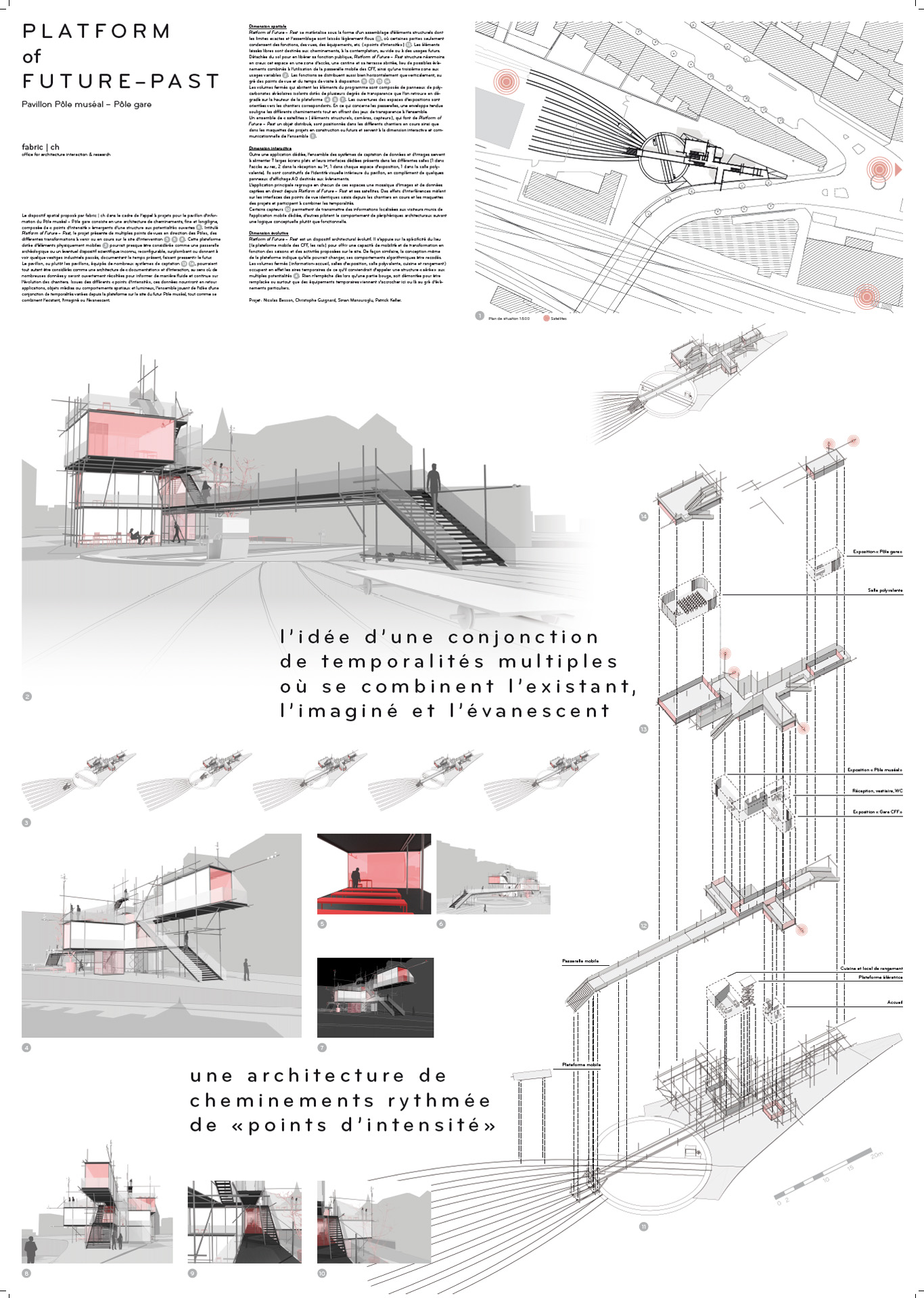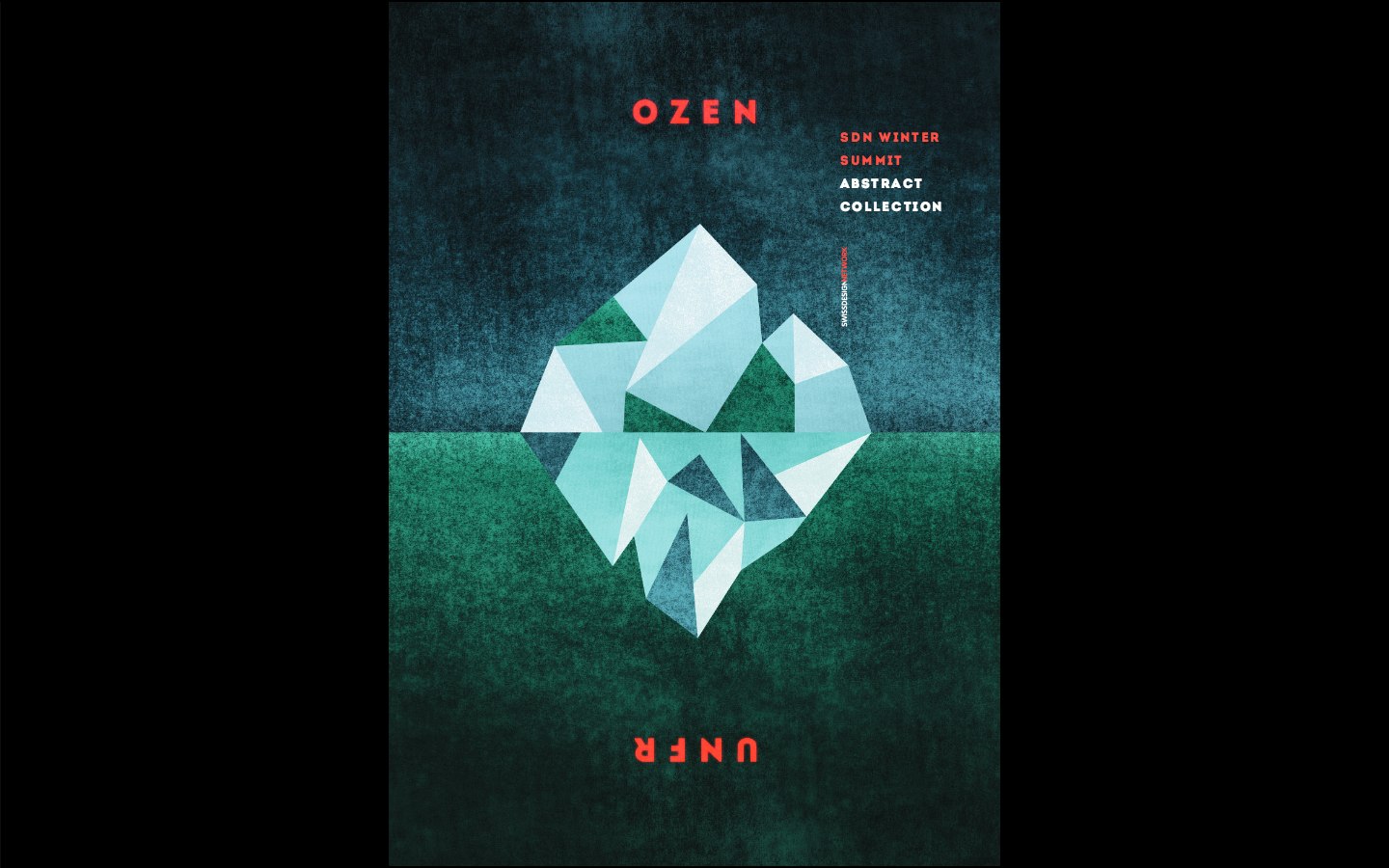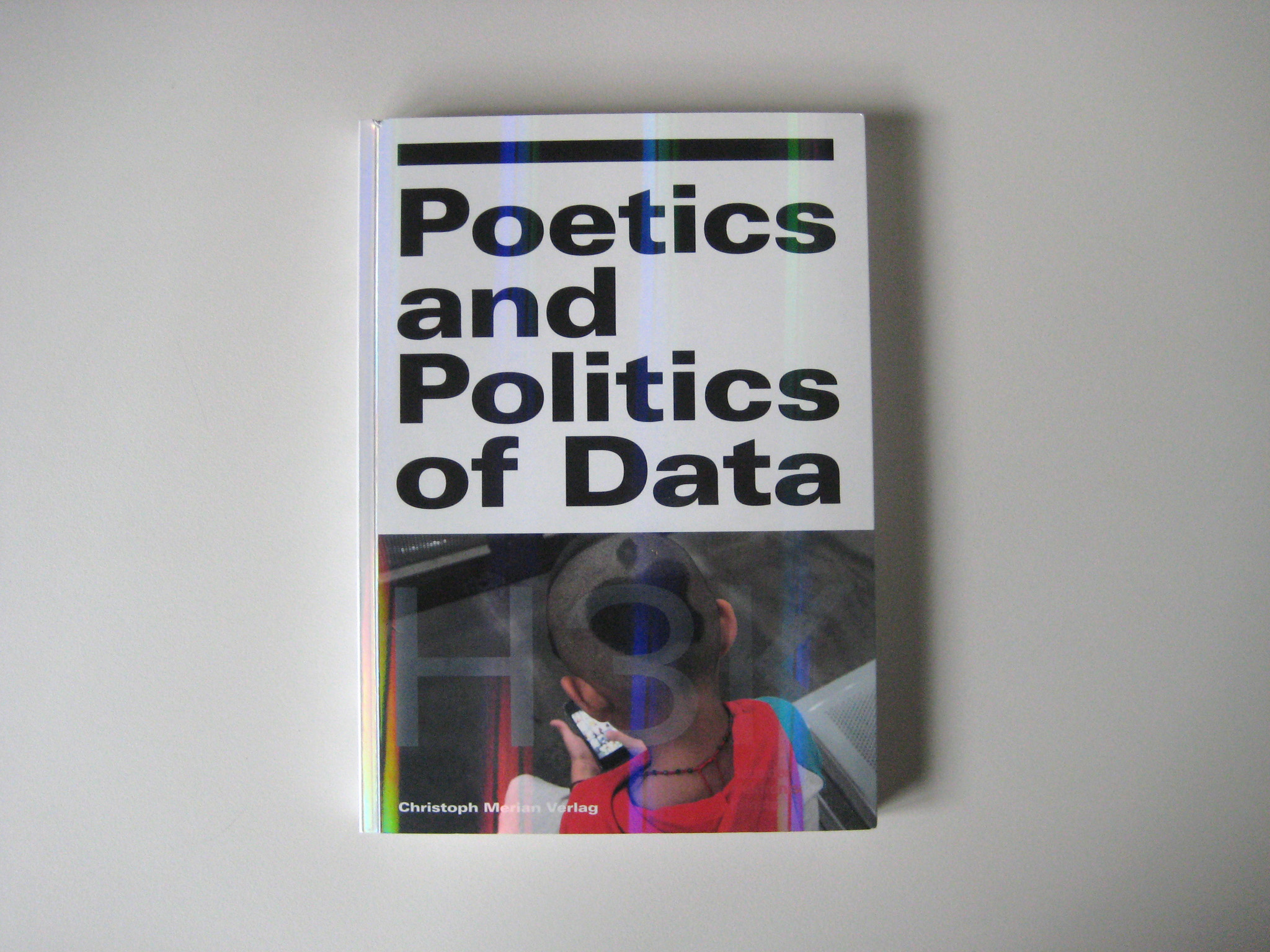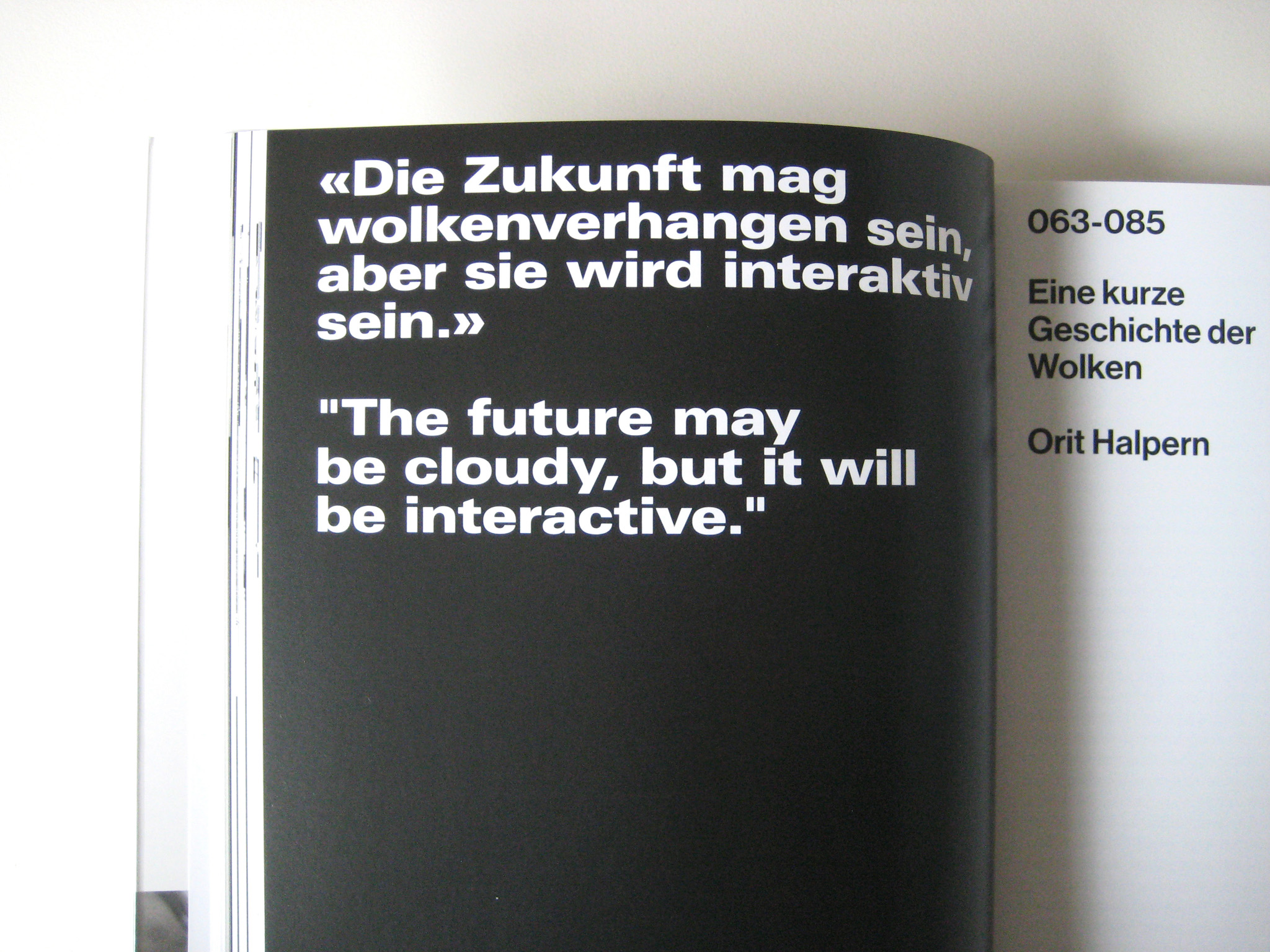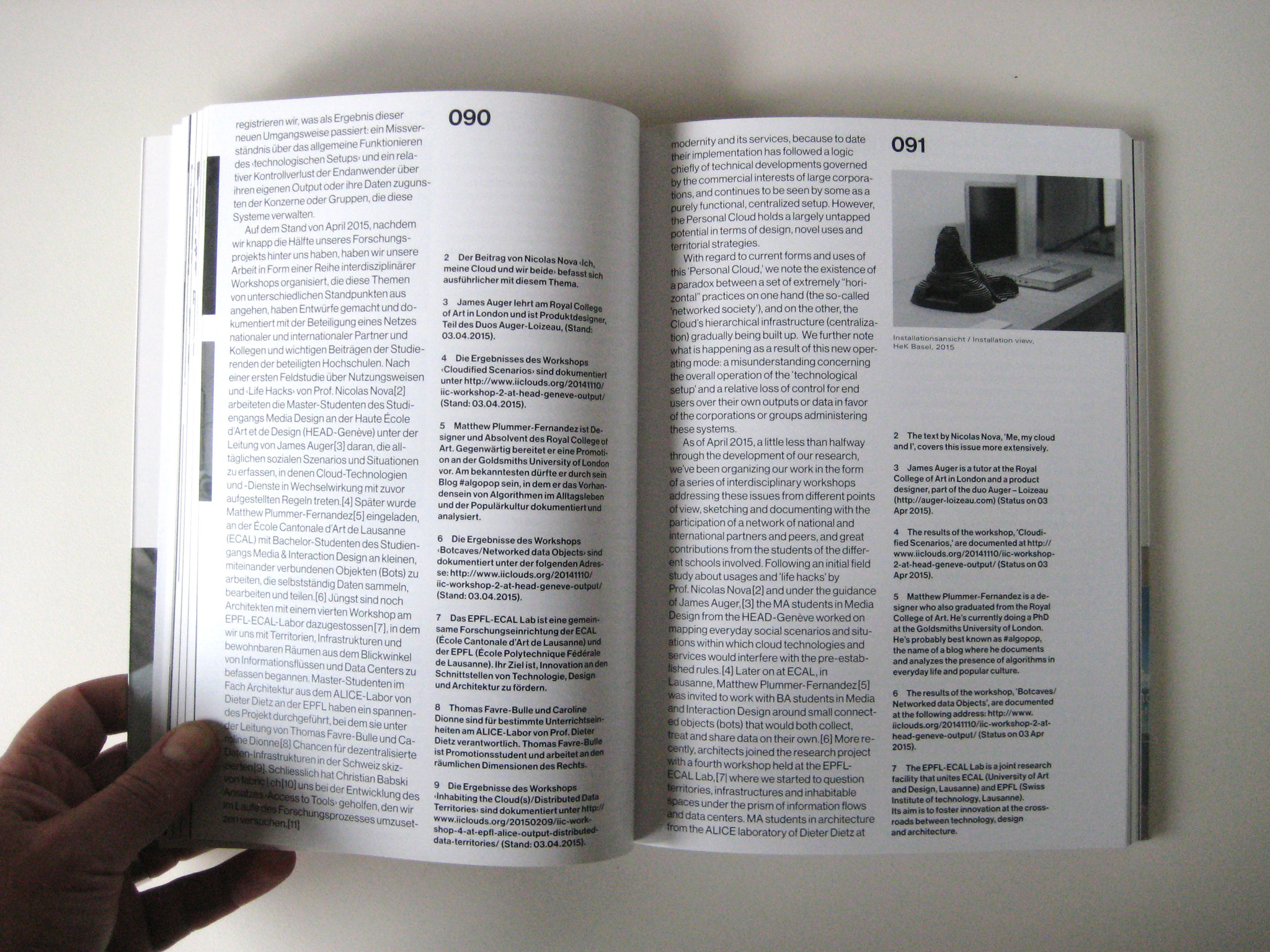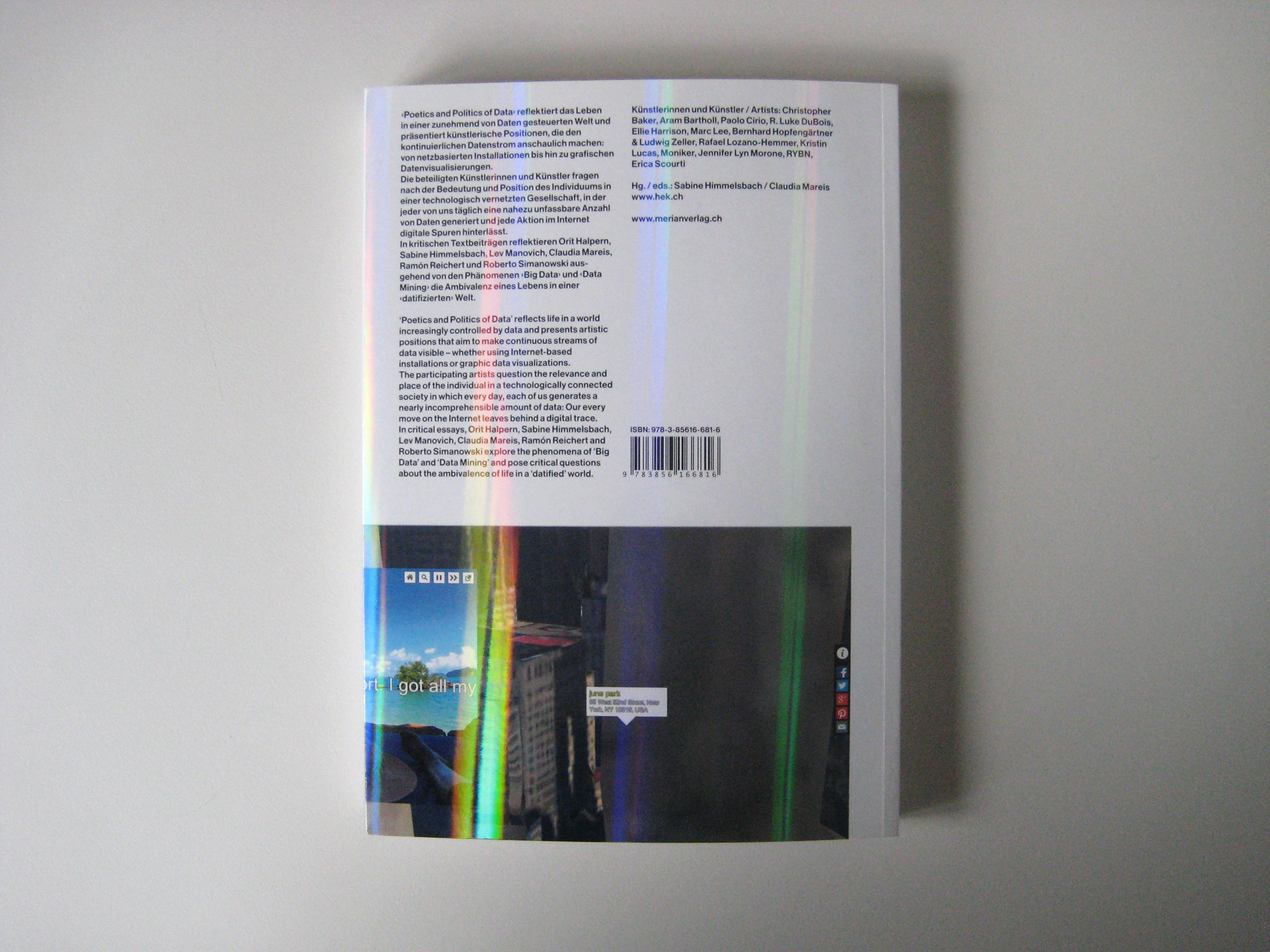Wednesday, November 30. 2016
"Bot Like Me" at Centre Culturel Suisse Paris, CCS website (Paris, 2016) | #conference #talk #music
Note: I'll be pleased to be in Paris next Friday and Saturday (02-03.12) at the Centre Culturel Suisse and in the company of an excellent line up (!Mediengruppe Bitnik, Nicolas Nova, Yves Citton, Tobias Revell & Nathalie Kane, Rybn, Joël Vacheron and many others) for the conference and event "Bot Like Me" curated by Sophie Lamparter and Luc Meier.
I'll present with Nicolas Nova the almost final state of our joint research project Inhabiting & Interfacing the Cloud(s).
-----

interventions en anglais
Entrée libre sauf concerts (12 €) / Réservations : billetterie en ligne / 01 42 71 44 50 / reservation@ccsparis.com
-----
Post note : following the conference, the Swiss Cultural Center in Paris put up a video documentation of the full conference on their Youtube channel.
In particular below the part when we're talking together about the research project Inhabiting and Interfacing the Cloud(s) with Nicolas Nova.
Friday, October 07. 2016
I&IC workshop #5 at ECAL: (esoteric) comments about the cloud (about the brief) | #cloud #technology #beliefs
Note: I mentioned last Tuesday an article I wrote last November (2015) on the blog of a research project (Inhabiting and Interfacing the Cloud(s)) that develop around the thematic of the "sublime" and its relation to contemporary technology.
In particular, in the frame of this research project, as a source of critical inspiration for a workshop we were preparing to lead with students at that time (critical because "magic" in the context of technology means what it means: tricked and not understanding, therefore believing or "stupefied").
For the matter of documentation, I reblog this post as well on | rblg as it brings different ideas about the "sublime" related to data or data centers, creation and contemporary technology in general.
It may be a bit hard to follow without the initial context (a brief by the invited guests, Random International and the general objectives of the project), but this context can be accessed from within the post -below-, for the ones interested to digg deeper.
...
As a matter of fact, this whole topic make me also think of the film The Prestige by Christopher Nolan. In which the figure of Nikola Tesla (played by "The Man Who Fell to Earth himself, a.k.a. David Bowie) is depicted as a character very close to a magician, his inventions with electricity being understood at the margin between sciences and magic.
Via IIClouds - Inhabiting and Interfacing the Cloud(s)
-----
Following the publication of Dev Joshi‘s brief on I&IC documentary blog yesterday (note: 10.11.2015), I took today the opportunity to briefly introduce it to the interaction design students that will be involved in the workshop next week. Especially, I focused on some points of the brief that were important but possibly quite new concepts for them. I also extended some implicit ideas with images that could obviously bring ideas about devices to build to access some past data, or “shadows” as Dev’s names them.
What comes out in a very interesting way for our research in Dev’s brief is the idea that the data footprints each of us leaves online on a daily basis (while using all type of digital services) could be considered as past entities of ourselves, or trapped, forgotten, hidden, … (online) fragments of our personalities… waiting to be contacted again.
How many different versions of you are there in the cloud? If they could speak, what would they say?
Yet, interestingly, if the term “digital footprint” is generally used in English to depict this situation (the data traces each of us leaves behind), we rather use in French the term “ombre numérique” (literally “digital shadow”). That’s why we’ve decided with Dev that it was preferable to use this term as the title for the workshop (The Everlasting Shadows): it is somehow a more vivid expression that could bring quite direct ideas when it comes to think about designing “devices” to “contact” these “digital entities” or make them visible again in some ways.

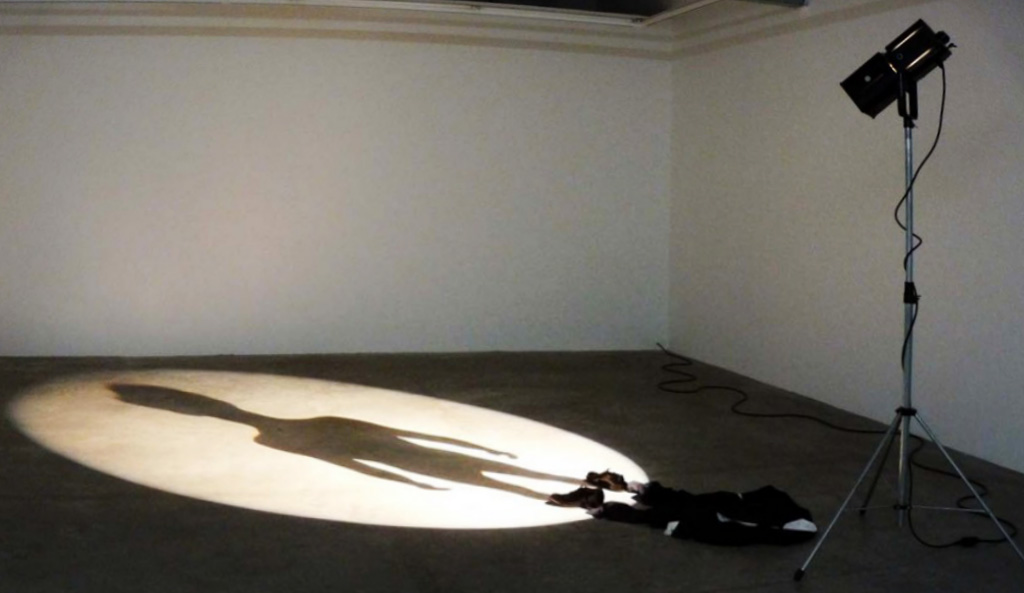
Philippe Ramette, “L’ombre de celui que j’étais / Shadow of my former self “, 2007. Light installation, mixed media.
By extension, we could also start to speak about “digital ghosts” as this expression is also commonly used (not to mention the “corps sans organes” of G. Deleuze/F. Gattari and previously A. Artaud). Many “ghosts”/facets of ourselves? All trapped online in the form of zombie data?
Your digital ghosts are trapped on islands around the cloud – is there a way to rescue them? Maybe they just need a shelter to live in now that you have moved on?
… or a haunted house?
And this again is a revealing parallel, because it opens the whole conceptual idea to beliefs… (about ghosts? about personal traces and shadows? about clouds? and finally, about technology? …)
What about then to work with inspirations that would come from the spiritualism domain, its rich iconography and produce “devices” to communicate with your dead past data entities?

Fritz Lang. “Dr. Mabuse, the Gambler”, movie, 1922.
Or even start to think about some kind of “wearables”, and then become a new type of fraud technological data psychic?
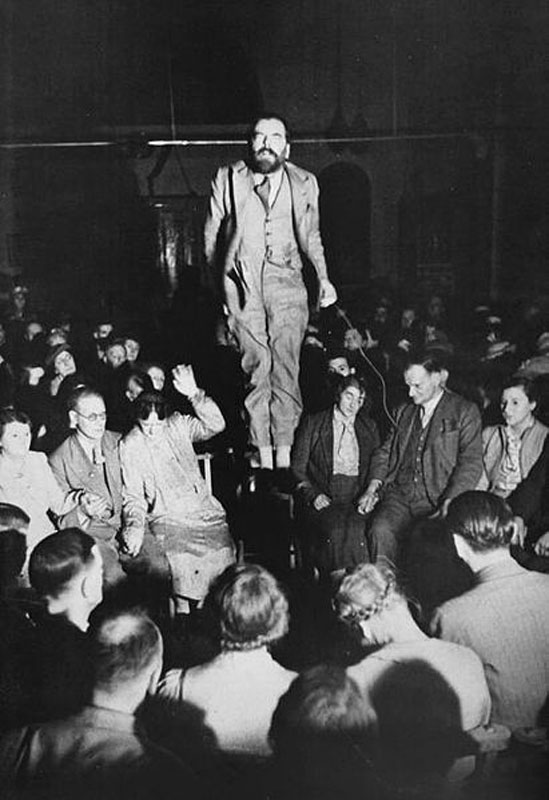
Fraud medium Colin Evans in levitation, 13 June 1938 (source Wikipedia).
We could even digg deeper into these “beliefs” and start looking at old illustrations and engravings that depicts relations to “things that we don’t understand”, that are “beyond our understanding”… and that possibly show “tools” or strange machinery to observe or communicate with these “unknown things” (while trying to understand them)?

Spiritualism in 1855, author unknown.
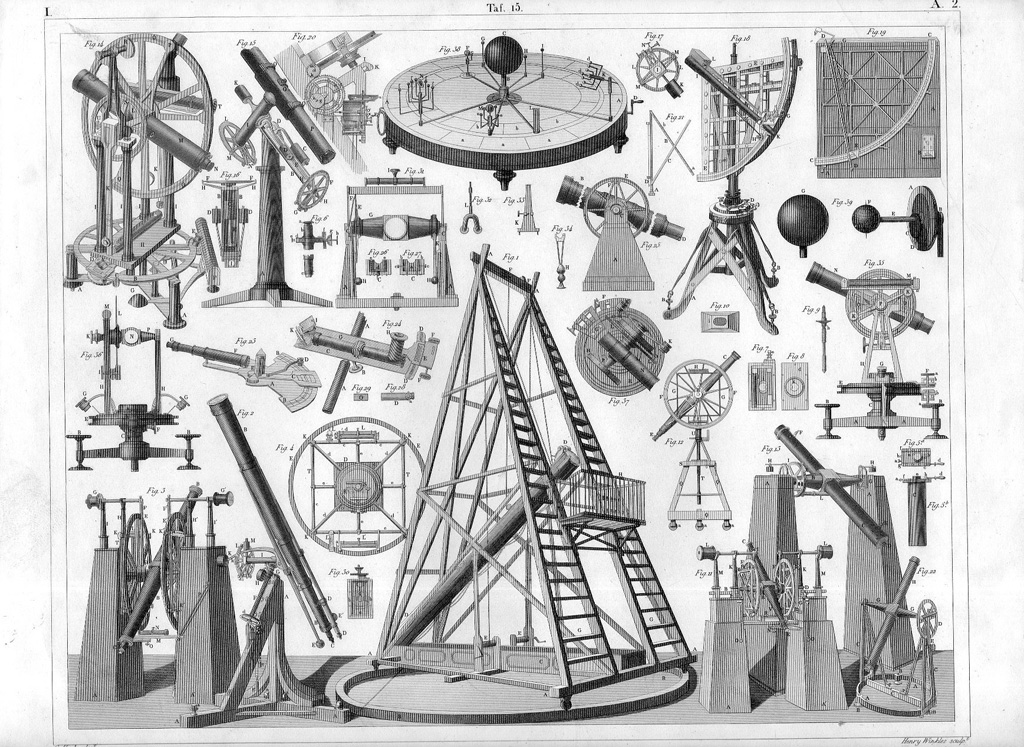
J.G. Heck. A plate from “The Iconographic Encyclopedia of Science, Literature and Art” published in 1851. Astronomy tools.
This last illustration could also drive us, by extension and a very straight shortcut , to the idea of the Sublime (in art, but also in philosophy), especially the romantic works of the painters from that period (late 18th and early 19th centuries, among them W. Turner, C. S. Friedrich, E. Delacroix, T. Cole, etc.)
Submerged by the presentiment of a nature that was in all dimensions dominating humans, that remained at that time mostly unexplained and mysterious, if not dangerous and feared, some painters took on this feeling, named “sublime” after Edmund Burke’s Philosophical Enquiry (1757), and start painting dramatic scenes of humans facing the forces of nature.

Thomas Cole, “The Voyage of Life: Old Age”, 1842. National Gallery of Art, Washington DC.
It is not by chance of course that I’ll end my “esoteric comments about the brief” post with this idea of the Sublime. This is because recently, the concept found a new life in regard to technology and its central yet “unexplained, mysterious, if not dangerous and feared” role in our contemporary society. The term got completed at this occasion to become the “Technological Sublime”, thus implicitly comparing the once dominant and “beyond our understanding” Nature to our contemporary technology.
“American Technological Sublime” by D. E. Nye, published in 1994 (MIT Press) was certainly one of the first book to join the two terms. It continues the exploration of the social construction of technology initiated in his previous book, “Electrifying America” (MIT Press, 1990). More recently in 2011, the idea popup again on the blog of Next Nature in an article simply entitled The Technological Sublime.
So, to complete my post with a last question, is the Cloud, that everybody uses but nobody seems to understand, a technologically sublime artifact? Wouldn’ it be ironic that an infrastructure, which aim is to be absolutely rational and functional, ultimately contributes to creates a completely opposite feeling?
Quotes are from Dev Joshi’s brief, “The Everlasting Shadow“.
Tuesday, July 05. 2016
Public Platform of Future-Past, extended study phase. Bots, "Ar.I." & tools? | #data #monitoring #architecture
Note: in the continuity of my previous post/documentation concerning the project Platform of Future-Past (fabric | ch's recent winning competition proposal), I publish additional images (several) and explanations about the second phase of the Platform project, for which we were mandated by Canton de Vaud (SiPAL).
The first part of this article gives complementary explanations about the project, but I also take the opportunity to post related works and researches we've done in parallel about particular implications of the platform proposal. This will hopefully bring a neater understanding to the way we try to combine experimentations-exhibitions, the creation of "tools" and the design of larger proposals in our open and process of work.
Notably, these related works concerned the approach to data, the breaking of the environment into computable elements and the inevitable questions raised by their uses as part of a public architecture project.
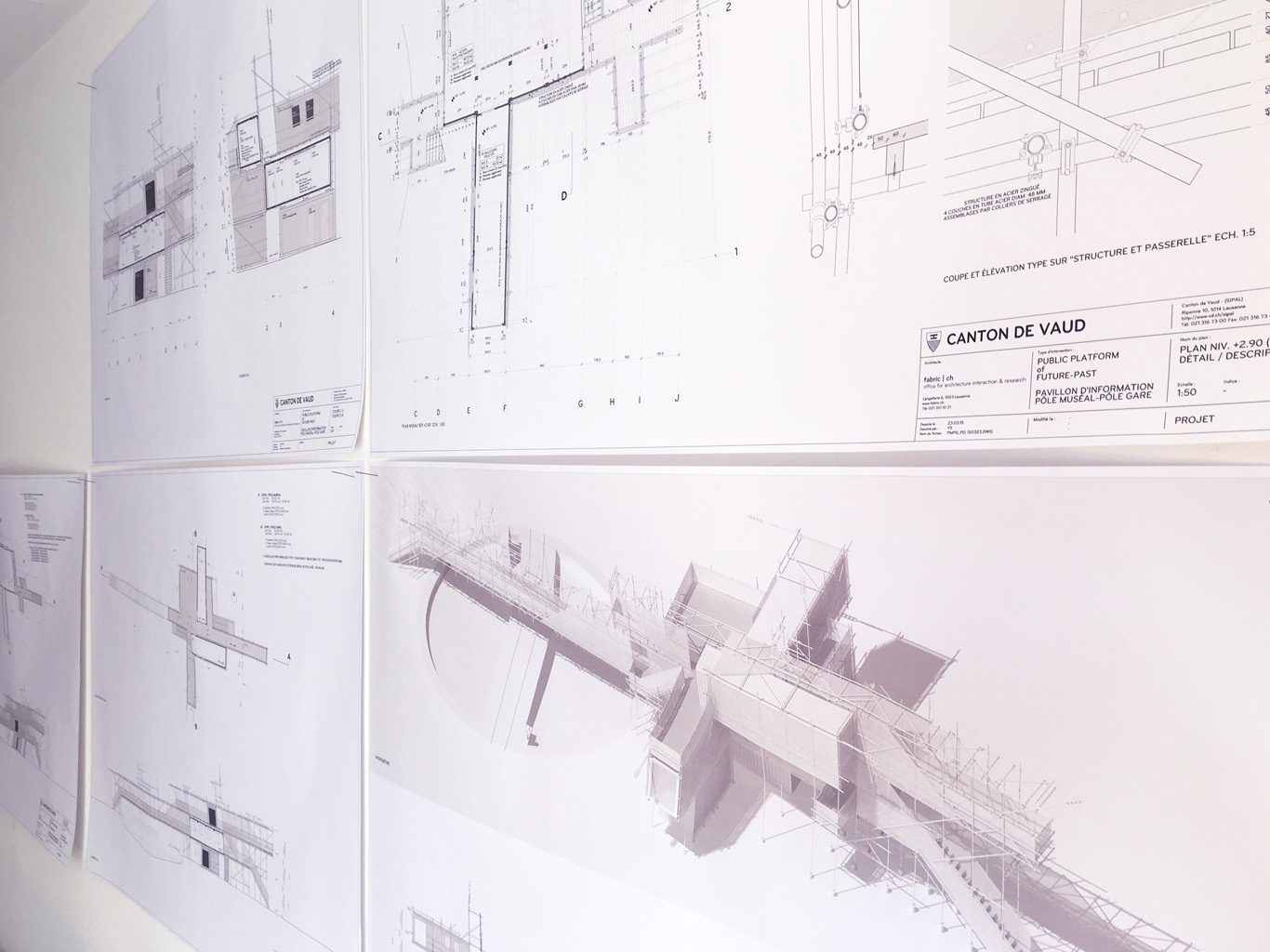
The information pavilion was potentially a slow, analog and digital "shape/experience shifter", as it was planned to be built in several succeeding steps over the years and possibly "reconfigure" to sense and look at its transforming surroundings.
The pavilion conserved therefore an unfinished flavour as part of its DNA, inspired by these old kind of meshed constructions (bamboo scaffoldings), almost sketched. This principle of construction was used to help "shift" if/when necessary.
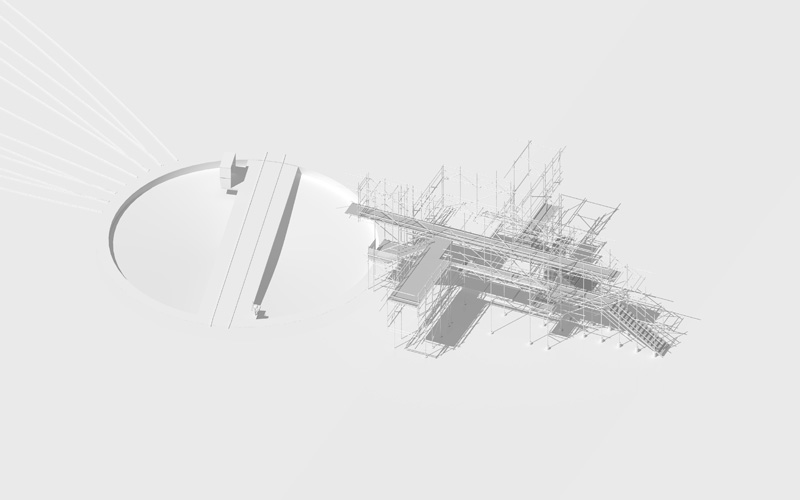
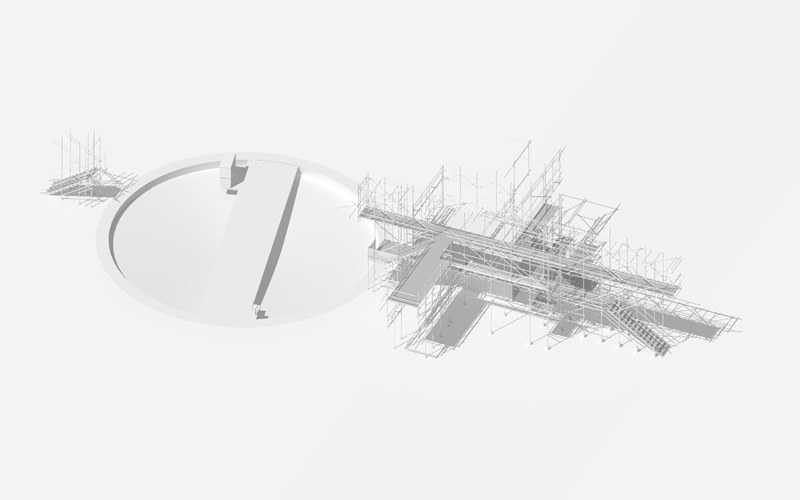
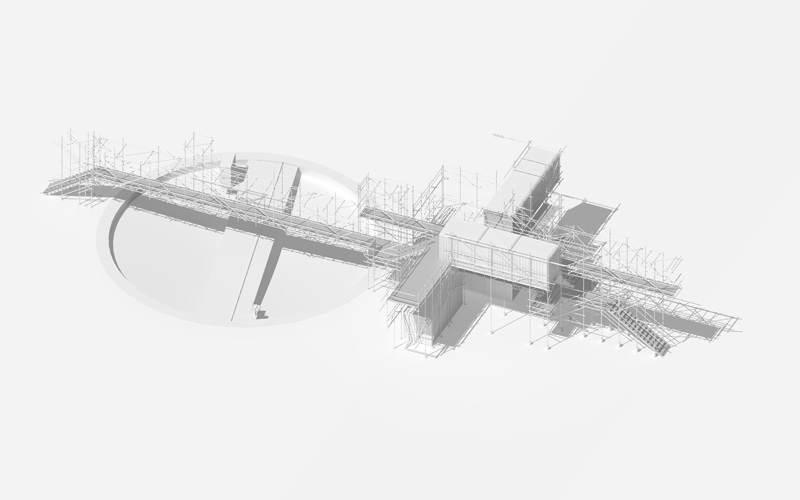

In a general sense, the pavilion answered the conventional public program of an observation deck about a construction site. It also served the purpose of documenting the ongoing building process that often comes along. By doing so, we turned the "monitoring dimension" (production of data) of such a program into a base element of our proposal. That's where a former experimental installation helped us: Heterochrony.
As it can be noticed, the word "Public" was added to the title of the project between the two phases, to become Public Platform of Future-Past (PPoFP) ... which we believe was important to add. This because it was envisioned that the PPoFP would monitor and use environmental data concerning the direct surroundings of the information pavilion (but NO DATA about uses/users). Data that we stated in this case Public, while the treatment of the monitored data would also become part of the project, "architectural" (more below about it).
For these monitored data to stay public, so as for the space of the pavilion itself that would be part of the public domain and physically extends it, we had to ensure that these data wouldn't be used by a third party private service. We were in need to keep an eye on the algorithms that would treat the spatial data. Or best, write them according to our design goals (more about it below).
That's were architecture meets code and data (again) obviously...
By fabric | ch
-----
The Public Platform of Future-Past is a structure (an information and sightseeing pavilion), a Platform that overlooks an existing Public site while basically taking it as it is, in a similar way to an archeological platform over an excavation site.
The asphalt ground floor remains virtually untouched, with traces of former uses kept as they are, some quite old (a train platform linked to an early XXth century locomotives hall), some less (painted parking spaces). The surrounding environment will move and change consideralby over the years while new constructions will go on. The pavilion will monitor and document these changes. Therefore the last part of its name: "Future-Past".
By nonetheless touching the site in a few points, the pavilion slightly reorganizes the area and triggers spaces for a small new outdoor cafe and a bikes parking area. This enhanced ground floor program can work by itself, seperated from the upper floors.
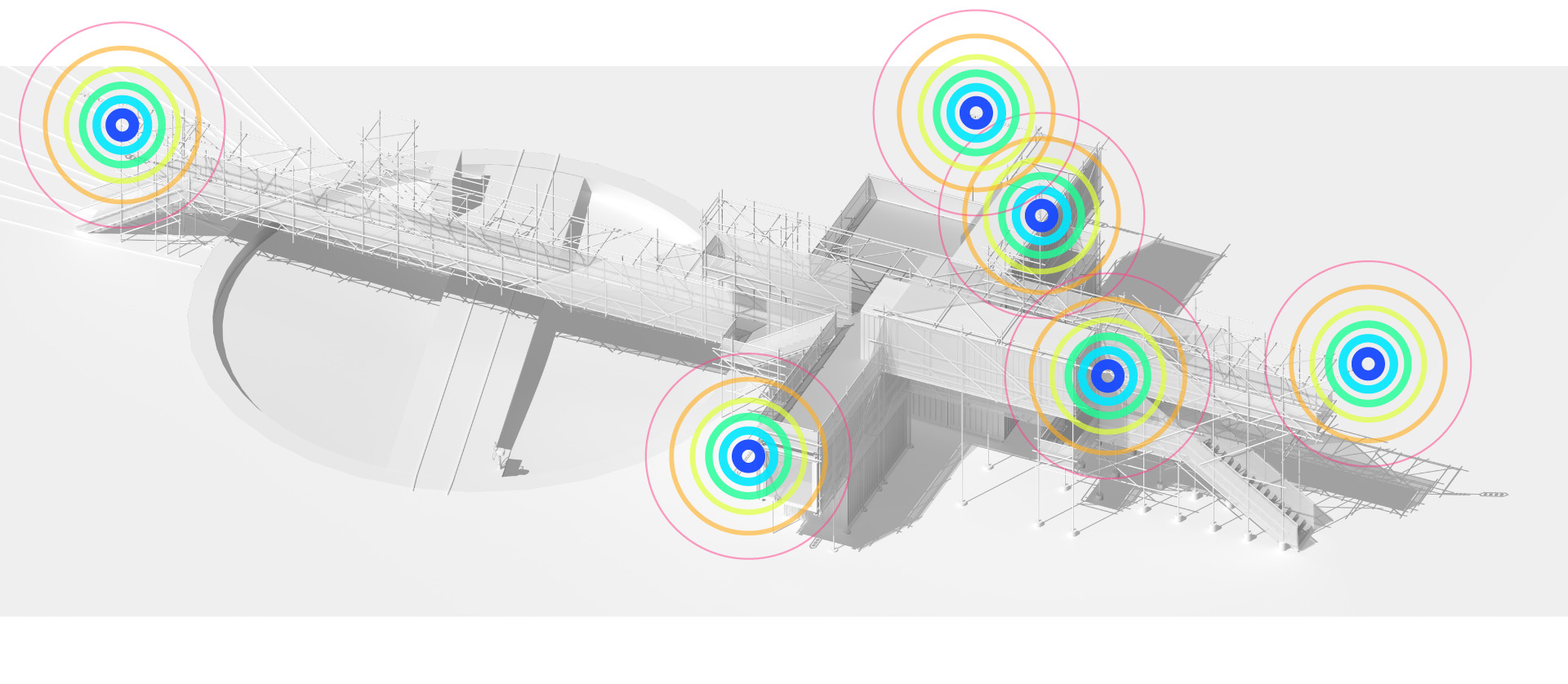
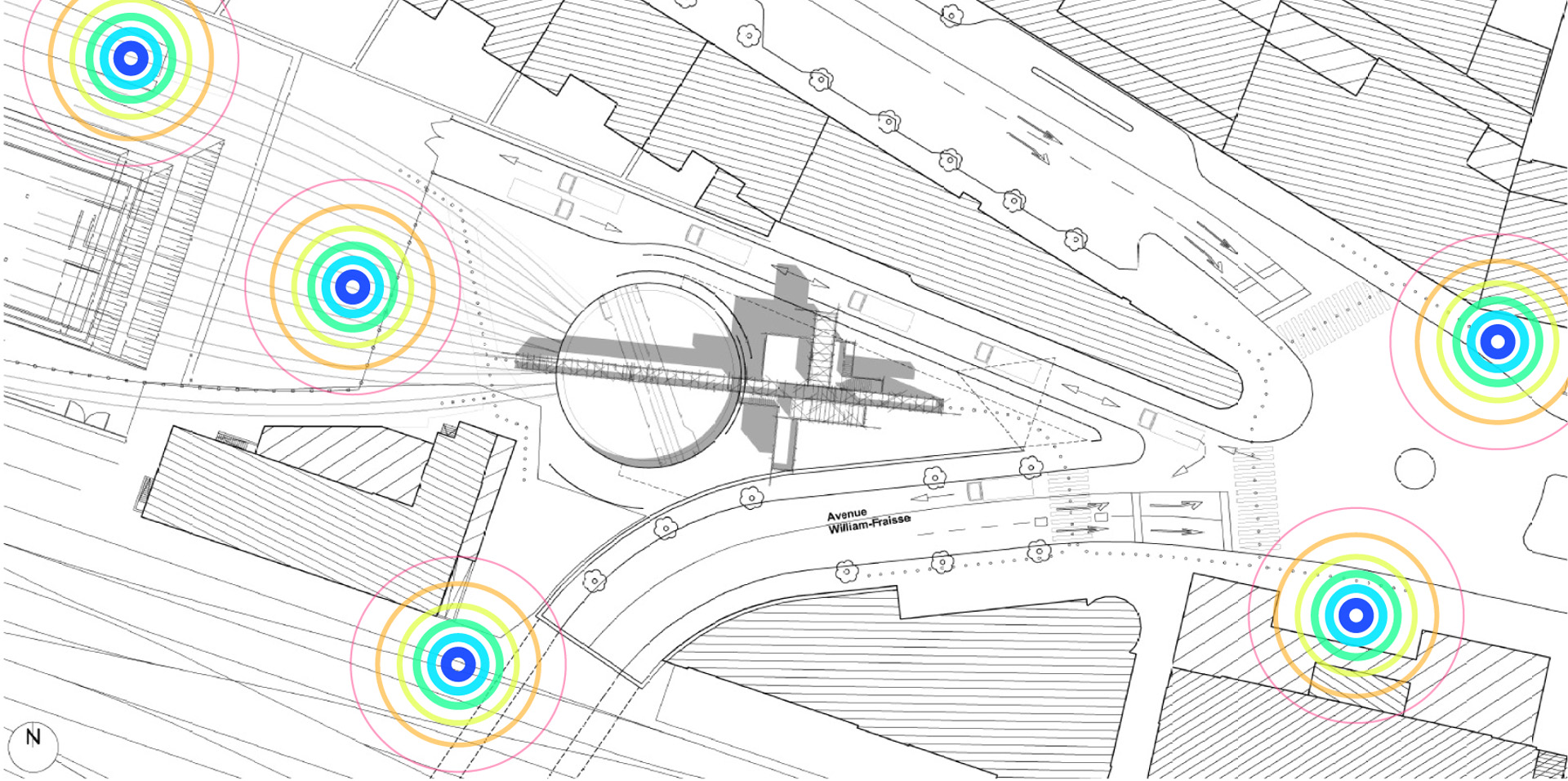
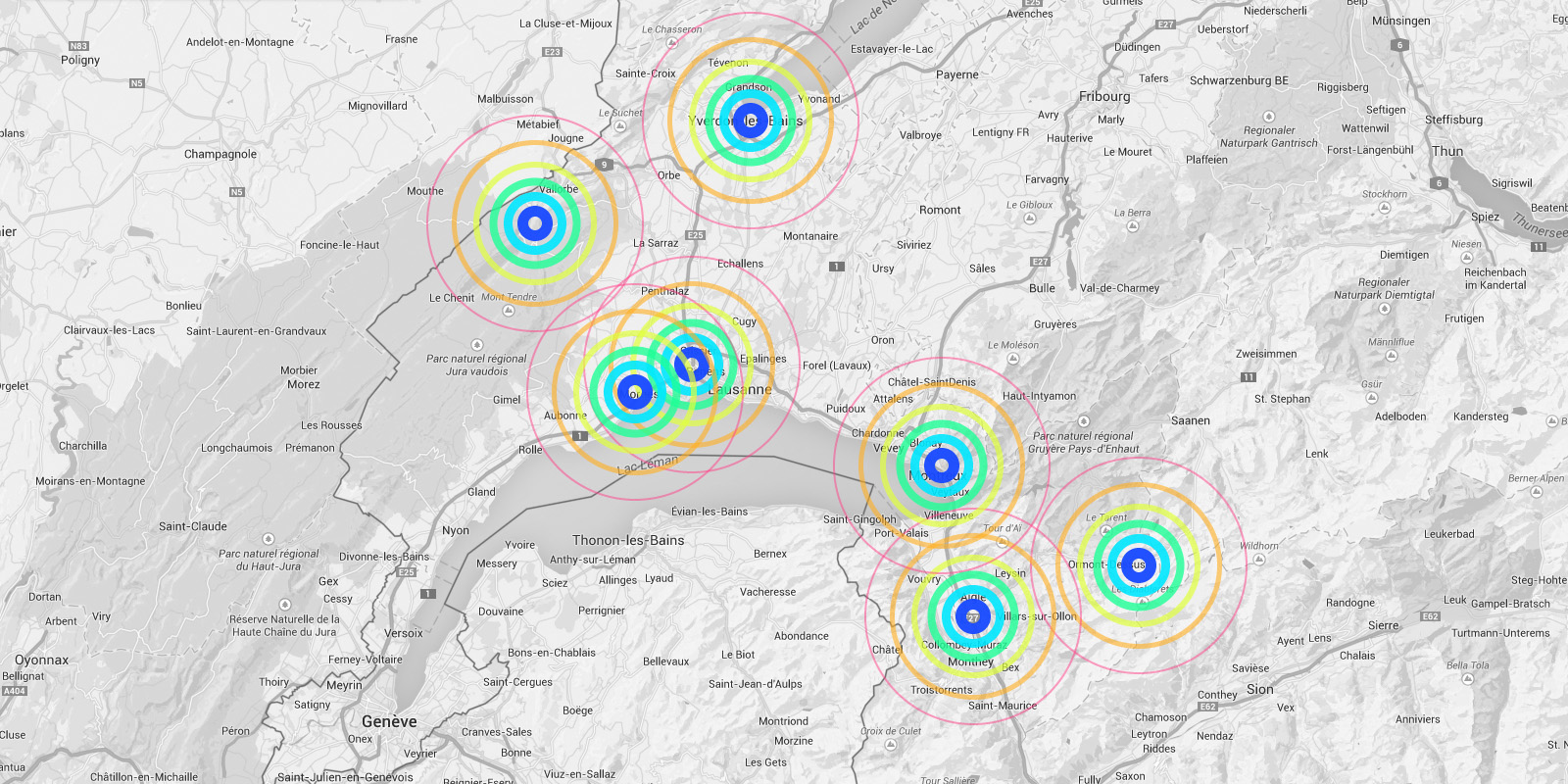
Several areas are linked to monitoring activities (input devices) and/or displays (in red, top -- that concern interests points and views from the platform or elsewhere --). These areas consist in localized devices on the platform itself (5 locations), satellite ones directly implented in the three construction sites or even in distant cities of the larger political area --these are rather output devices-- concerned by the new constructions (three museums, two new large public squares, a new railway station and a new metro). Inspired by the prior similar installation in a public park during a festival -- Heterochrony (bottom image) --, these raw data can be of different nature: visual, audio, integers from sensors (%, °C, ppm, db, lm, mb, etc.), ...
Input and output devices remain low-cost and simple in their expression: several input devices / sensors are placed outside of the pavilion in the structural elements and point toward areas of interest (construction sites or more specific parts of them). Directly in relation with these sensors and the sightseeing spots but on the inside are placed output devices with their recognizable blue screens. These are mainly voice interfaces: voice outputs driven by one bot according to architectural "scores" or algorithmic rules (middle image). Once the rules designed, the "architectural system" runs on its own. That's why we've also named the system based on automated bots "Ar.I." It could stand for "Architectural Intelligence", as it is entirely part of the architectural project.
The coding of the "Ar.I." and use of data has the potential to easily become something more experimental, transformative and performative along the life of PPoFT.
Observers (users) and their natural "curiosity" play a central role: preliminary observations and monitorings are indeed the ones produced in an analog way by them (eyes and ears), in each of the 5 interesting points and through their wanderings. Extending this natural interest is a simple cord in front of each "output device" that they can pull on, which will then trigger a set of new measures by all the related sensors on the outside. This set new data enter the database and become readable by the "Ar.I."
The whole part of the project regarding interaction and data treatments has been subject to a dedicated short study (a document about this study can be accessed here --in French only--). The main design implications of it are that the "Ar.I." takes part in the process of "filtering" which happens between the "outside" and the "inside", by taking part to the creation of a variable but specific "inside atmosphere" ("artificial artificial", as the outside is artificial as well since the anthropocene, isn't it ?) By doing so, the "Ar.I." bot fully takes its own part to the architecture main program: triggering the perception of an inside, proposing patterns of occupations.
"Ar.I." computes spatial elements and mixes times. It can organize configurations for the pavilion (data, displays, recorded sounds, lightings, clocks). It can set it to a past, a present, but also a future estimated disposition. "Ar.I." is mainly a set of open rules and a vocal interface, at the exception of the common access and conference space equipped with visual displays as well. "Ar.I." simply spells data at some times while at other, more intriguingly, it starts give "spatial advices" about the environment data configuration.
In parallel to Public Platform of Future Past and in the frame of various research or experimental projects, scientists and designers at fabric | ch have been working to set up their own platform for declaring and retrieving data (more about this project, Datadroppers, here). A platform, simple but that is adequate to our needs, on which we can develop as desired and where we know what is happening to the data. To further guarantee the nature of the project, a "data commune" was created out of it and we plan to further release the code on Github.
In tis context, we are turning as well our own office into a test tube for various monitoring systems, so that we can assess the reliability and handling of different systems. It is then the occasion to further "hack" some basic domestic equipments and turn them into sensors, try new functions as well, with the help of our 3d printer in tis case (middle image). Again, this experimental activity is turned into a side project, Studio Station (ongoing, with Pierre-Xavier Puissant), while keeping the general background goal of "concept-proofing" the different elements of the main project.
A common room (conference room) in the pavilion hosts and displays the various data. 5 small screen devices, 5 voice interfaces controlled for the 5 areas of interests and a semi-transparent data screen. Inspired again by what was experimented and realized back in 2012 during Heterochrony (top image).
----- ----- -----
PPoFP, several images. Day, night configurations & few comments
Public Platform of Future-Past, axonometric views day/night.
An elevated walkway that overlook the almost archeological site (past-present-future). The circulations and views define and articulate the architecture and the five main "points of interests". These mains points concentrates spatial events, infrastructures and monitoring technologies. Layer by layer, the suroundings are getting filtrated by various means and become enclosed spaces.
Walks, views over transforming sites, ...
Data treatment, bots, voice and minimal visual outputs.
Night views, circulations, points of view.
Night views, ground.
Random yet controllable lights at night. Underlined areas of interests, points of "spatial densities".
Project: fabric | ch
Team: Patrick Keller, Christophe Guignard, Christian Babski, Sinan Mansuroglu, Yves Staub, Nicolas Besson.
Thursday, June 23. 2016
Platform of Future-Past by fabric | ch, architecture competition, (ex)1st price | #data #architecture #experimentation
Note: we've been working recently at fabric | ch on a project that we couldn't publish or talk about for contractual reasons... It concerned a relatively large information pavilion we had to create for three new museums in Switzerland (in Lausanne) and a renewed public space (railway station square). This pavilion was supposed to last for a decade, or a bit longer. The process was challenging, the work was good (we believed), but it finally didn't get build...
Sounds sad but common isn't it?
...
We'll see where these many "..." will lead us, but in the meantime and as a matter of documentation, let's stick to the interesting part and publish a first report about this project.
It consisted in an evolution of a prior spatial installation entitled Heterochrony (pdf). A second post will follow soon with the developments of this competition proposal. Both posts will show how we try to combine small size experiments (exhibitions) with more permanent ones (architecture) in our work. It also marks as well our desire at fabric | ch to confront more regularly our ideas and researches with architectural programs.
This first post only consists in a few snapshots of the competition documents, while the following one should present the "final" project and ideas linked to it.
By fabric | ch
-----
.jpg)
.jpg)
.jpg)
On the jury paper was written, under "price" -- as we didn't get paid for the 1st price itself -- : "Réalisation" (realization).
Just below in the same letter, "according to point 1.5 of the competition", no realization will be attributed... How ironic! We did work further on an extended study though.
A few words about the project taken from its presentation:
" (...) This platform with physically moving parts could almost be considered an archaeological footbridge or an unknown scientific device, reconfigurable and shiftable, overlooking and giving to see some past industrial remains, allowing to document the present, making foresee the future.
The pavilion, or rather pavilions, equipped with numerous sensor systems, could equally be considered an "architecture of documentation" and interaction, in the sense that there will be extensive data collected to inform in an open and fluid manner over the continuous changes on the sites of construction and tranformations. Taken from the various "points of interets' on the platform, these data will feed back applications ("architectural intelligence"?), media objects, spatial and lighting behaviors. The ensemble will play with the idea of a combination of various time frames and will combine the existing, the imagined and the evanescent. (...) "

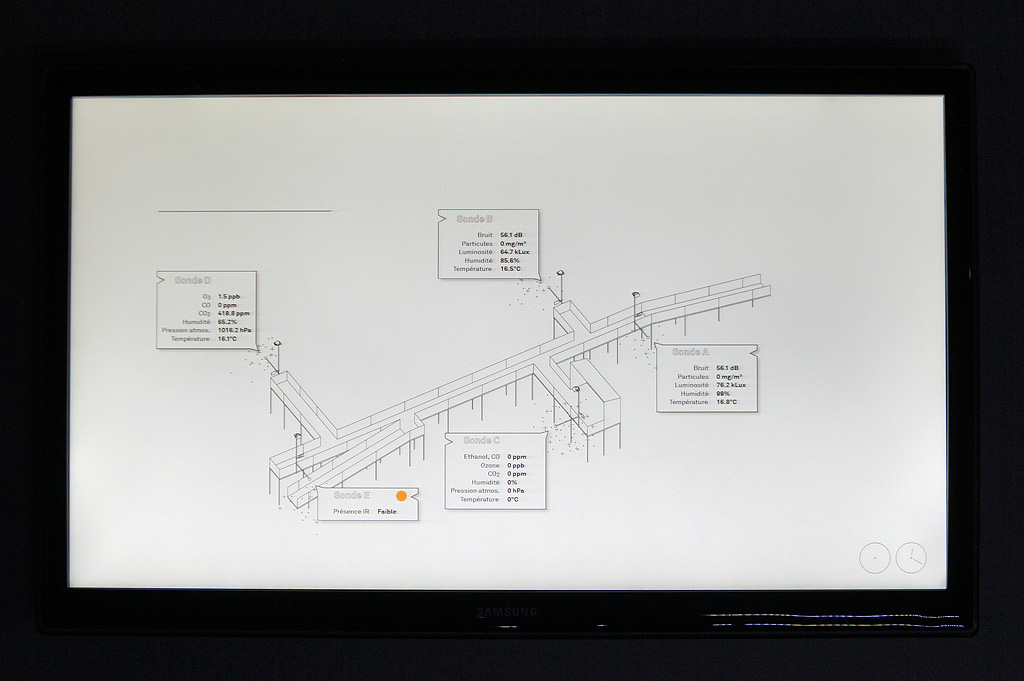
Heterochrony, a previous installation that followed similar goals, back in 2012. http://www.heterochronie.cc
Download pdf (14 mb).
-----
Project: fabric | ch
Team: Patrick Keller, Christophe Guignard, Sinan Mansuroglu, Nicolas Besson.
Wednesday, February 24. 2016
(Big) Data sur la RTS, RTS website (Lausanne, 2016) | #entretien #détournements
Note: j'aurai le plaisir d'être en entretien --en français-- ce vendredi 26.02 à 20h avec le journaliste Frédéric Pfyffer, de la Radio Télévision Suisse Romande, dans le cadre du programme Histoire Vivante qui traite cette semaine du sujet des "Big Data".
Cet entretien, qui a été enregistré en fin de semaine passée, nous verra évoquer la façon dont les artistes ou designers abordent aujourd'hui --mais aussi un peu hier-- cette question des données. En contrepoint ou complément peut-être des approches scientifiques. Pour ma part, aussi bien dans le contexte de ma pratique indépendante (fabric | ch où de nombreux projets réalisés ou en développement s'appuient sur des données) qu'académique (projet de recherche interdisciplinaire en cours autour des "nuages"... entre autres).
À noter encore qu'au terme de la semaine d'émissions thématiques sera diffusé sur la TSR (dimanche 28.02) le documentaire Citizenfour, qui relate toute l'aventure d'Edward Snowden et du journaliste Glenn Greenwald.
Ces cinq émissions seront également disponibles en mode podcast à la même adresse, suite à la diffusion de cette semaine.
Via RTS
-----
Une semaine d’Histoire Vivante consacrée à l’histoire de la recherche scientifique à la lumière de l’émergence de l’internet et des big data.
-
Dimanche 28 février 2016, vous pouvez découvrir sur RTS Deux: CitizenFour, un documentaire de Laura Poitras (Allemagne-USA/2014):
"Citizenfour est le pseudonyme utilisé par Edward Snowden pour contacter la réalisatrice de ce documentaire lorsqu'il décide de révéler les méthodes de surveillance de la NSA. Accompagnée d'un journaliste d'investigation, elle le rejoint dans une chambre d'hôtel à Hong Kong. La suite est un huis-clos digne des meilleurs thrillers."
Thursday, January 28. 2016
I&IC at Unfrozen – Swiss Design Network 2016 Conference, SDN (Zürich, 2016)) | #datacenter #infrastructures #research
Note: I'll move this afternoon to Grandhotel Giessbach (sounds like a Wes Anderson movie) to present later tonight the temporary results of the research I'm jointly leading with Nicolas Nova for ECAL & HEAD - Genève, in partnership with EPFL-ECAL Lab & EPFL: Inhabiting and Interfacing the Cloud(s). Looking forward to meet the Swiss design research community (mainly) at the hotel...
Via iiclouds.org
-----
Christophe Guignard and myself will have the pleasure to present the temporary results of the design research Inhabiting & Interfacing the Cloud(s) next Thursday (28.01.2016) at the Swiss Design Network conference.
The conference will happen at Grandhotel Giessbach over the lake Brienz, where we'll focus on the research process fully articulated around the practice of design (with the participation of students in the case of I&IC) and the process of project.
This will apparently happen between "dinner" and "bar", as we'll present a "Fireside Talk" at 9pm. Can't wait to do and see that...
The full program and proceedings (pdf) of the conference can be accessed HERE.
As for previous events, we'll try to make a short "follow up" on this documentary blog after the event.
Friday, October 02. 2015
I&IC at Renewable Futures Conference in Riga | #thinking #speculation #futures
Via iiclouds.org
-----
The design research Inhabiting and Interfacing the Cloud(s) will be presented during the peer reviewed Renewable Futures Conference next week in Riga (Estonia), which will be the first edition of a serie that promiss to scout for radical approaches.
Christophe Guignard will introduce the participants to the stakes and the progresses of our ongoing experimental work. There will be profiled and inspiring speakers such as Lev Manovitch, John Thackara, Andreas Brockmann, etc.
Christophe Guignard will make a short “follow up” about the conference on this blog once he’ll be back from Riga.
Monday, September 28. 2015
Poetics and Politics of Data (ed. S. Himmelsbach), HEK (Basel, 2015) | #data #clouds #society
Note: a book as a follow up of the exhibition for which fabric | ch designed the scenography last May at the Haus der elektronische Künste in Basel (project White Oblique, downloadable pdf on our website). I was implicated in a double way in the exhibition due to the fact that the content of the design research I'm jointly leading with Nicolas Nova for ECAL and HEAD, Inhabiting and Interfacing the Cloud(s), was also exhibited. I have the pleasure to publish a text in the book about the state and objectives of the ongoing research as well.
Via iiclouds.org
-----
Note: we’re pleased to see that the publication related to the exhibition and symposium Poetics & Politics of Data, curated by Sabine Himmelsbach at the H3K in Basel, has been released later this summer. The publication, with the same title as the exhibition, was first distributed in the context of the conference Data Traces. Big Data in the Context of Culture and Society that also took place at H3K on the 3rd andf 4th of July.
The book contains texts by Nicolas Nova (Me, My cloud and I) and myself (Inhabiting and Interfacing the Cloud(s). An ongoing Design Research), but also and mainly contributions by speakers of the conference (which include the american theorician Lev Manovitch, curator Sabine Himmelsbach and Prof. researcher from HGK Basel Claudia Mareis) and exhibiting artists (Moniker, Aram Bartholl, Rafael Lozano-Hemmer, Jennifer Lyn Morone, etc.)
The publication serves both as the catalogue of the exhibition and the conference proceedings. Due to its close relation to our subject of research (the book speaks about data, we’re interested in the infrastructure –both physical and digital– that host them), we’re integrating the book to our list of relevant book. The article A short history of Clouds, by Orit Halpern is obviously of direct signifiance to our work.
It can be ordered directly from H3K website:
Poetics and Politics of Data, 265 pp, ed. Christoph Merian Verlag, Basel, 2015 (29.- chf)
Thursday, August 27. 2015
Datadroppers, a new (old) tool or the project of a data commune | #data #commune #service
Long introductory note: we all know how data have become important and how we're currently in need of open tools to declare and use static or dynamic data ...
There was once a community data service named Pachube, but it has been sold and its community commodified... There has been initiatives by designers like the one of Berg around the idea of electronic tools, cloud and data services (Berg Cloud), but it was funded by venture capitalists and went bankrupt, unfortunately bringing down the design studio as well. There are some good, simple and interesting online services as well, like Dweet.io, but these are companies that will finally need to make money out of your data (either ways by targeted publicity or by later commodification of the community), as this is one of their main product ...
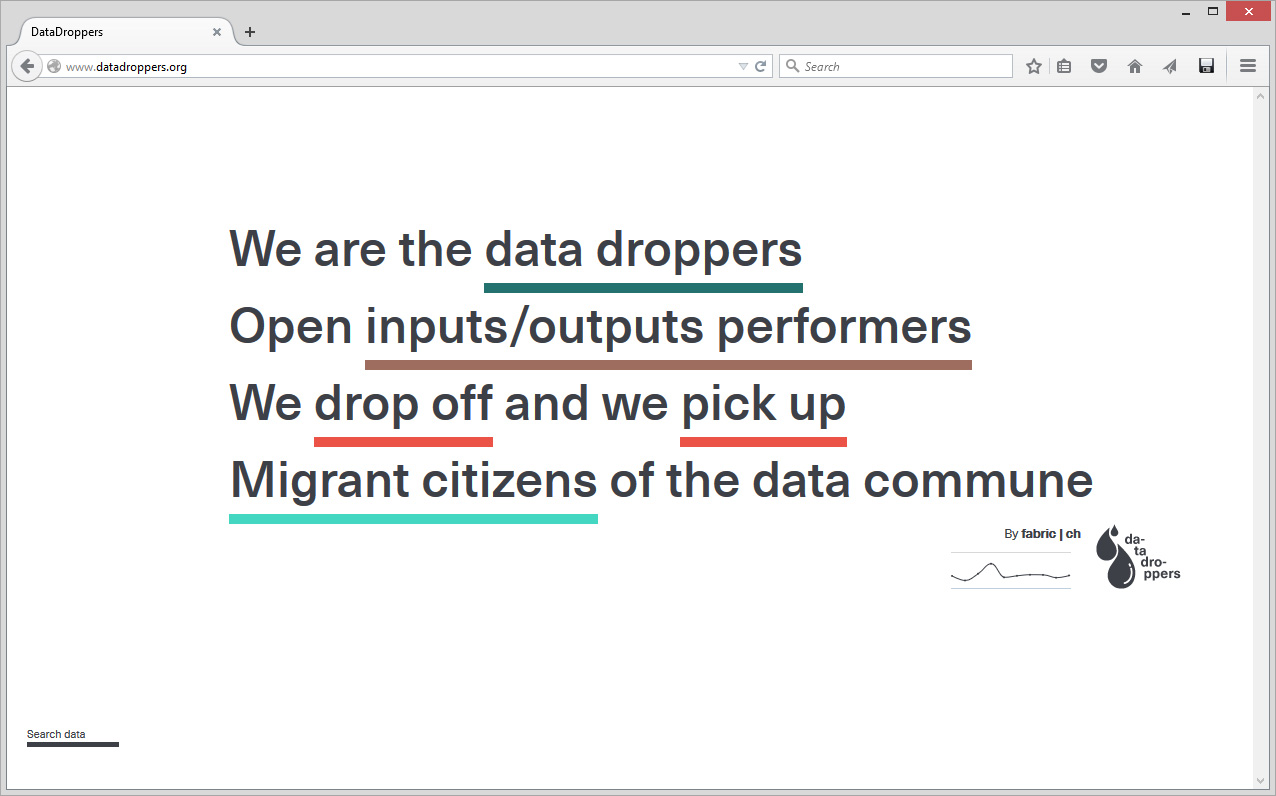

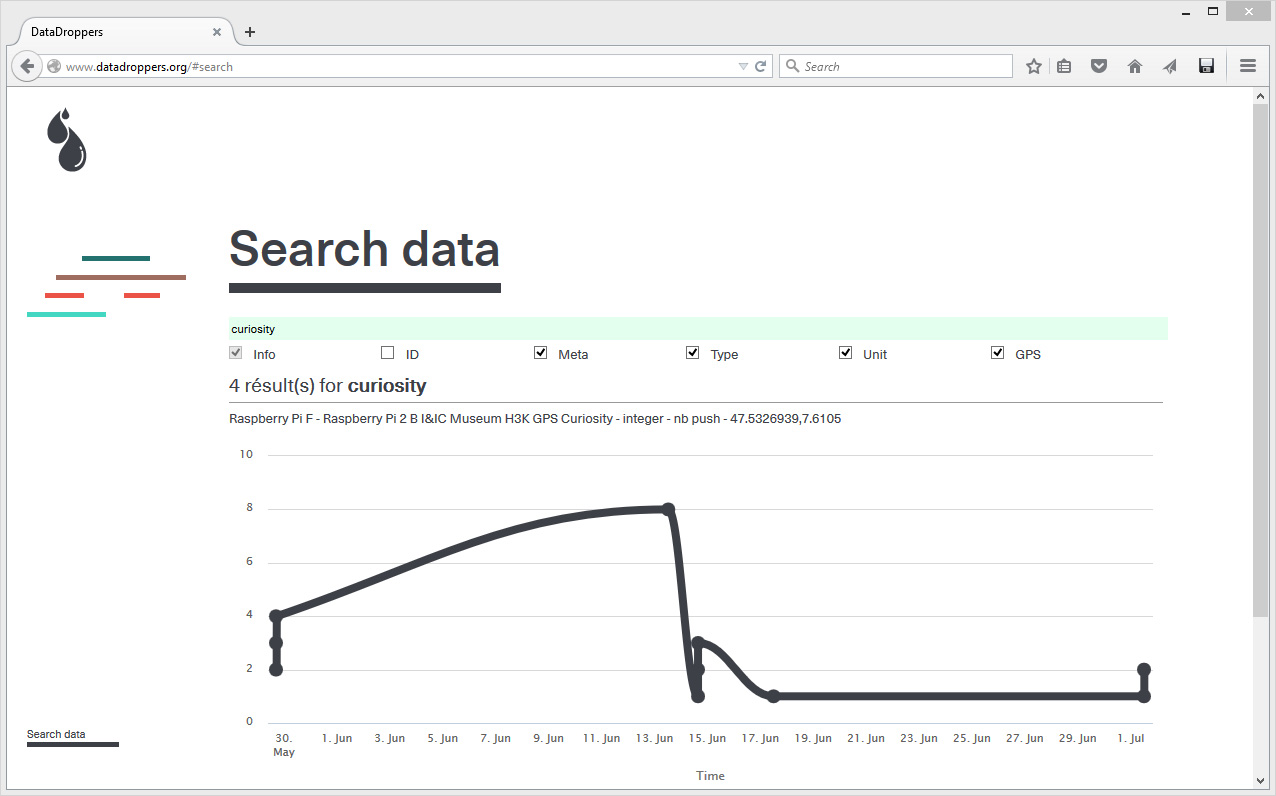
So we were in need of a tool for our own work at fabric | ch that would remain just what it is supposed to be: a tool... As we are using a lot of dynamic and static data - any kind of data - in our own architectural & interaction works, we needed one. Something simple to use, that we could manage ourselves, that would hopefully not cost much to keep running ...
Following what we already did for many previous projects, for which we designed soft technologies and then publicly released them - and yet never tried to sell them in any manner, we should stress it in this case - (Rhizoreality, I-Weather v. 2001, I-Weather v. 2009 and related apps, Deterritorialized Living), we've designed our own data service: Datadroppers - http://www.datadroppers.org -, first for our own needs, and then just released it online as well. Free to use ...
We thought of it as a data commune... trying to keep it as "socially flat" as possible: there are no login, no password, no terms of service, no community, no profiles, no "friends", almost no rules, etc., ... only one statement: "We are the data droppers / Open inputs-outputs performers / We drop off an we pick up / Migrant citizens of the data commune", which also becomes the interface of the service ...
It is a data commune, but not a "community". It is from a "market product" point of view "unsocial", almost uninteresting to later commodify. Yet there is still one single rule (so to keep the service simple and costless to handle): once you publish your data on the site, they'll become public (for everybody, including third party services that won't necessary follow the same open rules) and you won't be able to erase them, as they'll be part of the commune and will possibly be used by other "data communards" as well. They'll be online as long as the service will (i.e. I-Weather is online for 14 years now). So just declare on Datadroppers raw data that you consider for yourself public ...
The service, directly developed on the basis of previous projects we did, was first published and used last June, for an exhibition at the Haus der elektronische Künste in Basel (Switzerland). It is hosted in Switzerland / Lausanne under strict laws when it comes to data. There are very few data on the site at this time, only the ones we published from the exhibition (as a test, you can for exemple try a data search using "Raspberry Pi" as a string in the Search data section, which will bring live sensors data as a result). We will now certainly continue to use the service for future works at fabric | ch, maybe will it be also usefull for you? ...
The tool is fully functional at this time, but not entirely completed yet. We expect to release Javascript and Processing libraries later on, so to ease the use of the service when developing applications ...
By fabric | ch via datadroppers.org
-----

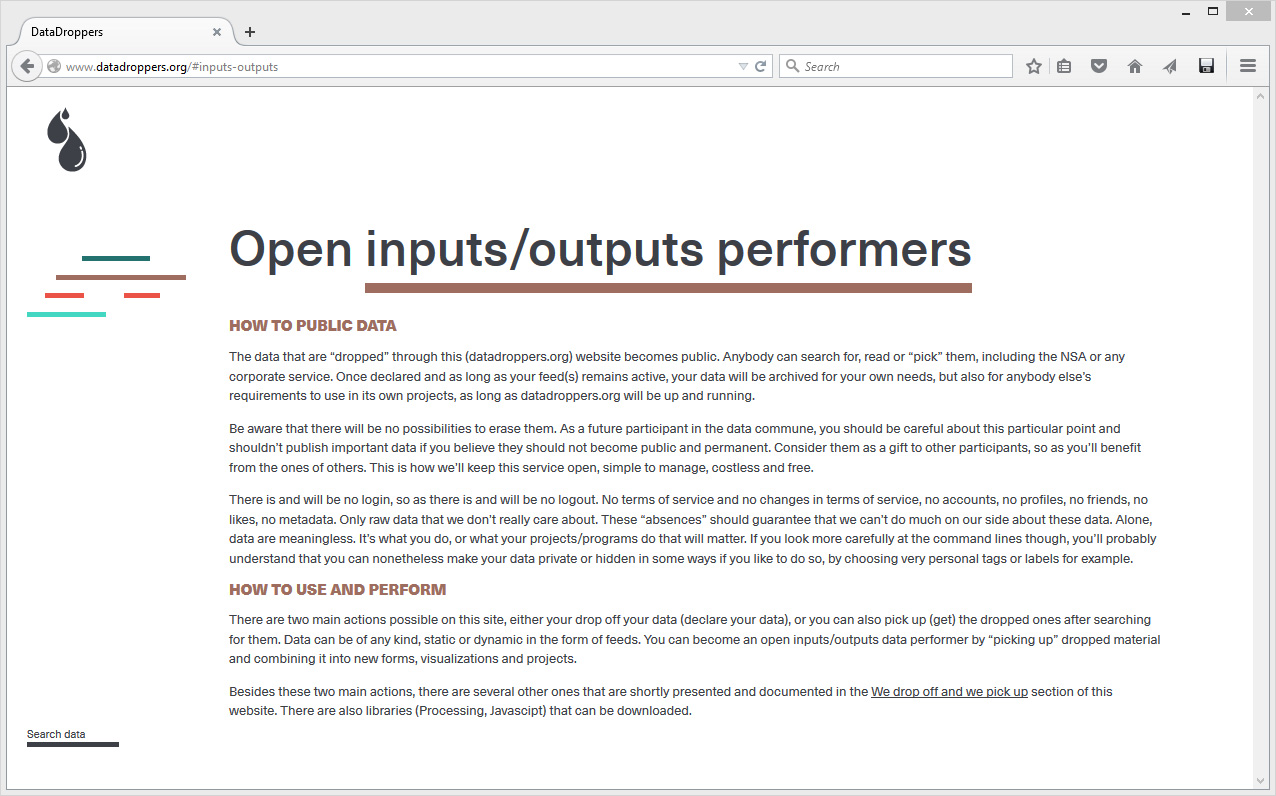
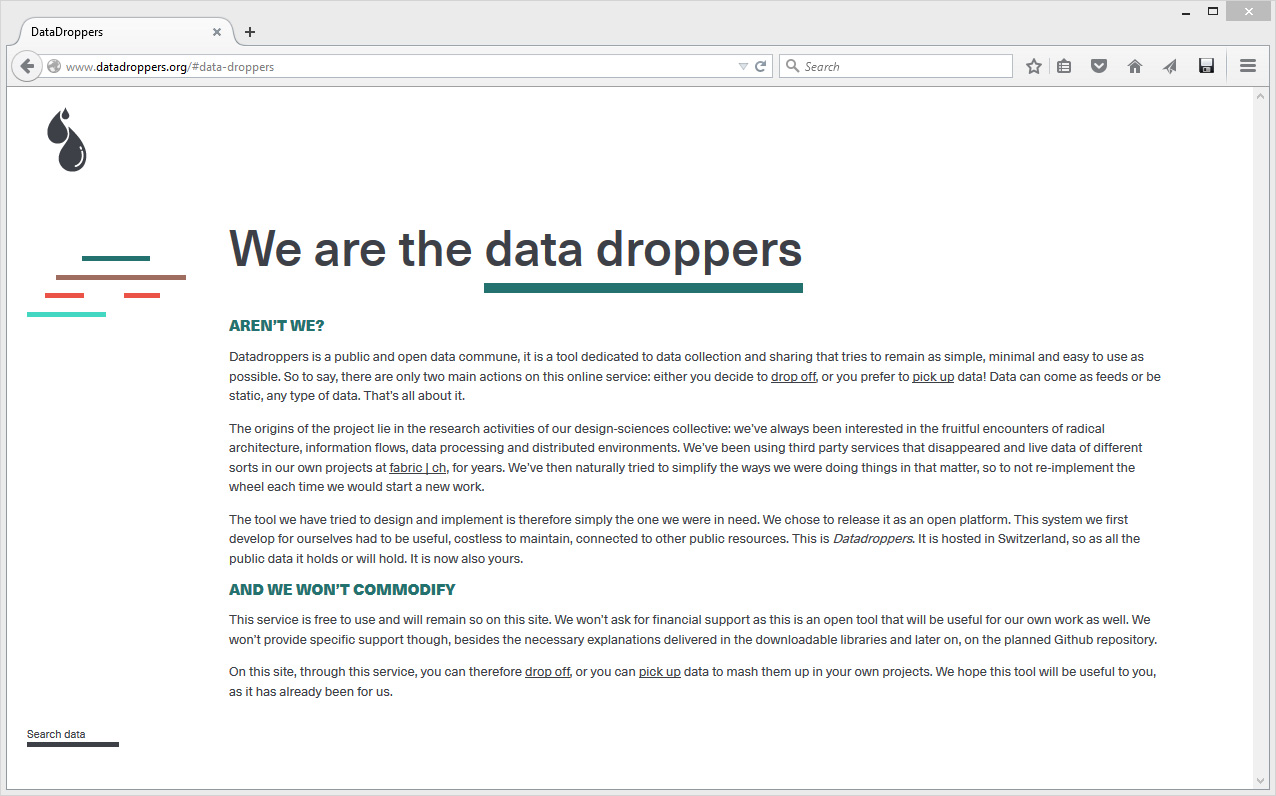


The "communal service" is in fact a statement, the statement becomes the navigation interface. The two main sections of the website are composed by the parts in which you can play with or search for data.
We drop off and we pick up is the area where one can see what can be achieved with data. Obviously, it is either possible to declare (drop off) data and tag them, or retrieve them (pick up) - image above -. You can also Search data following different criteria -below-.

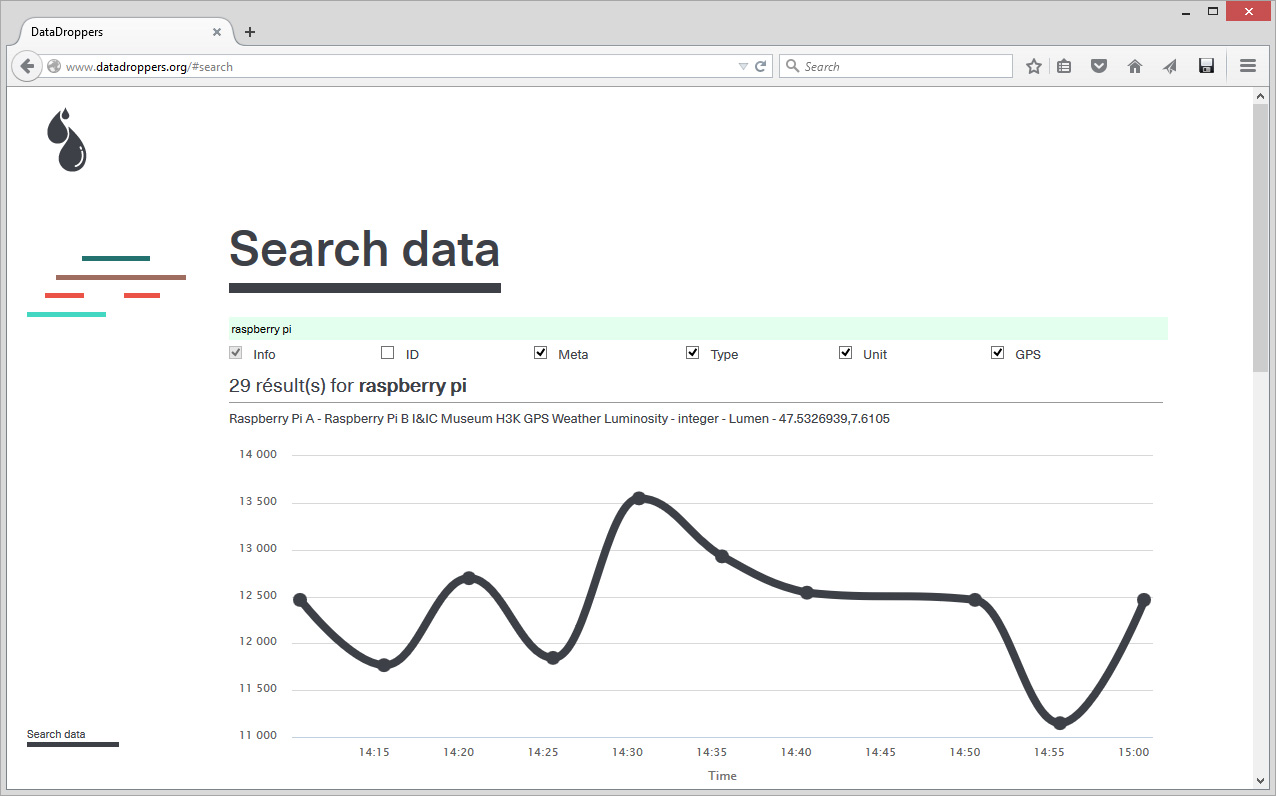
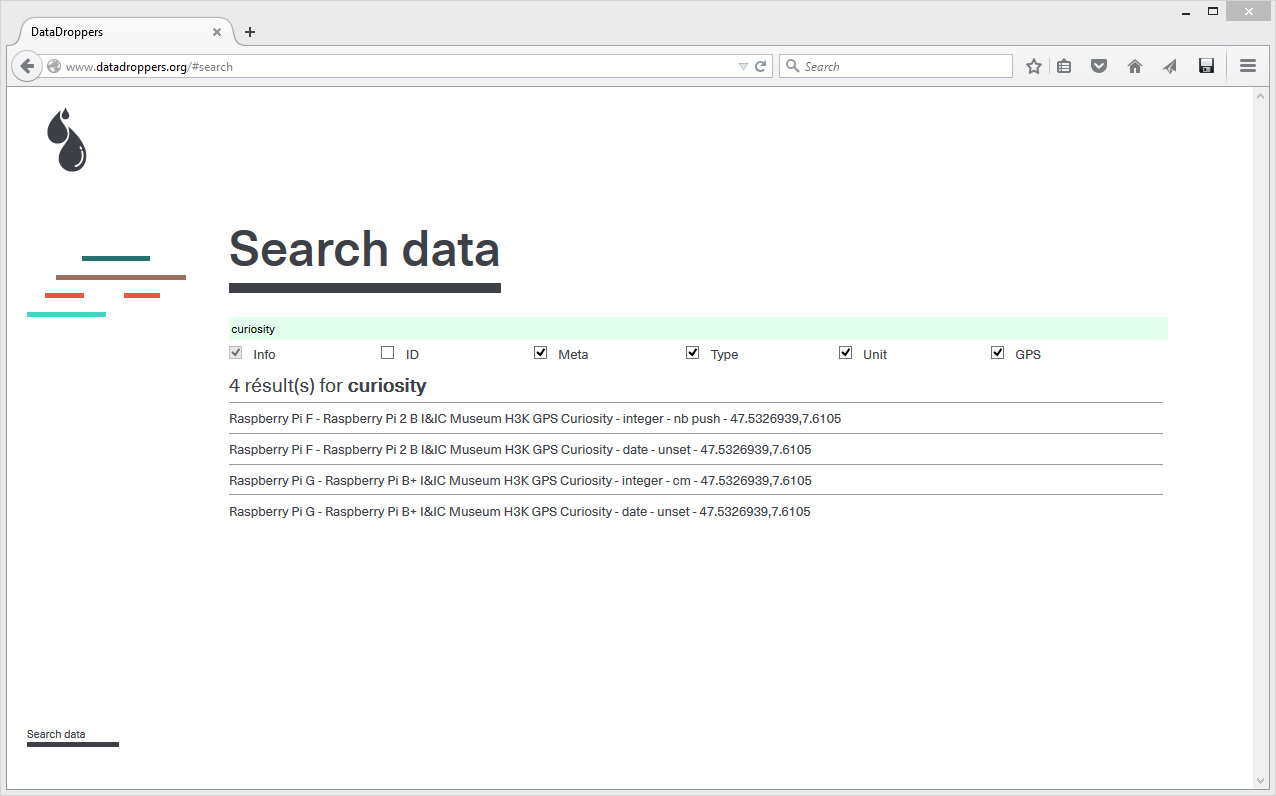

Usual data will certainly be live feeds from sensors, like the one in the top image (i.e. value: lumen). But you could certainly go for more interesting things, either when you'll create data or when you'll use them. The two images above are about "curiosity" data. They were captured within an exhibition (see below) and are already partially interpreted data (i.e. you can leave a connected button with no explanation in the exhibition space, if people press it, well... they are curious). As another exemple, we also recorded data about "transgression" in the same exhibition: a small digital screen says "don't touch" and blinks in red, while an attached sensor obviously connected to the screen can indeed be touched. Childish transgression and slightly meaningless I must admit... It was just a test.
But you could also declare other type of data, any type, while using complementary tools. You could for exemple declare each new image or file within an open cloud service and start cascading things. Or you could start thinking about data as "built" artifacts... like we did in a recent project (see below, Deterritorialized Living) that is delivered in the form of data. Or you could also and of course drop off static data that you would like to store and make accessible for a larger community.
Possibilities seems in fact to be quite large.
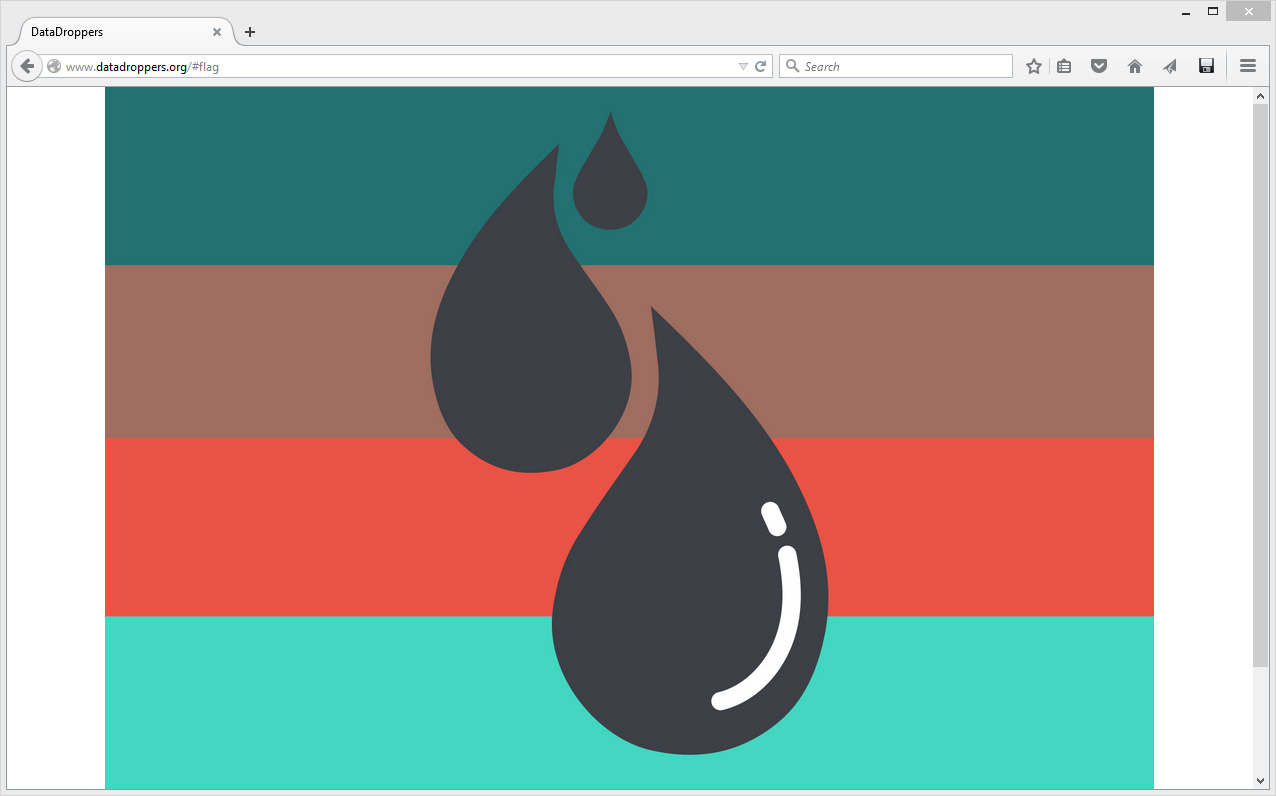
Datadroppers as a commune could even be considered as a micro-society or nation. It comes with a dowloadable "flag", if you desire to manifest your attachment to its philosophy or plant it in your datacenter!
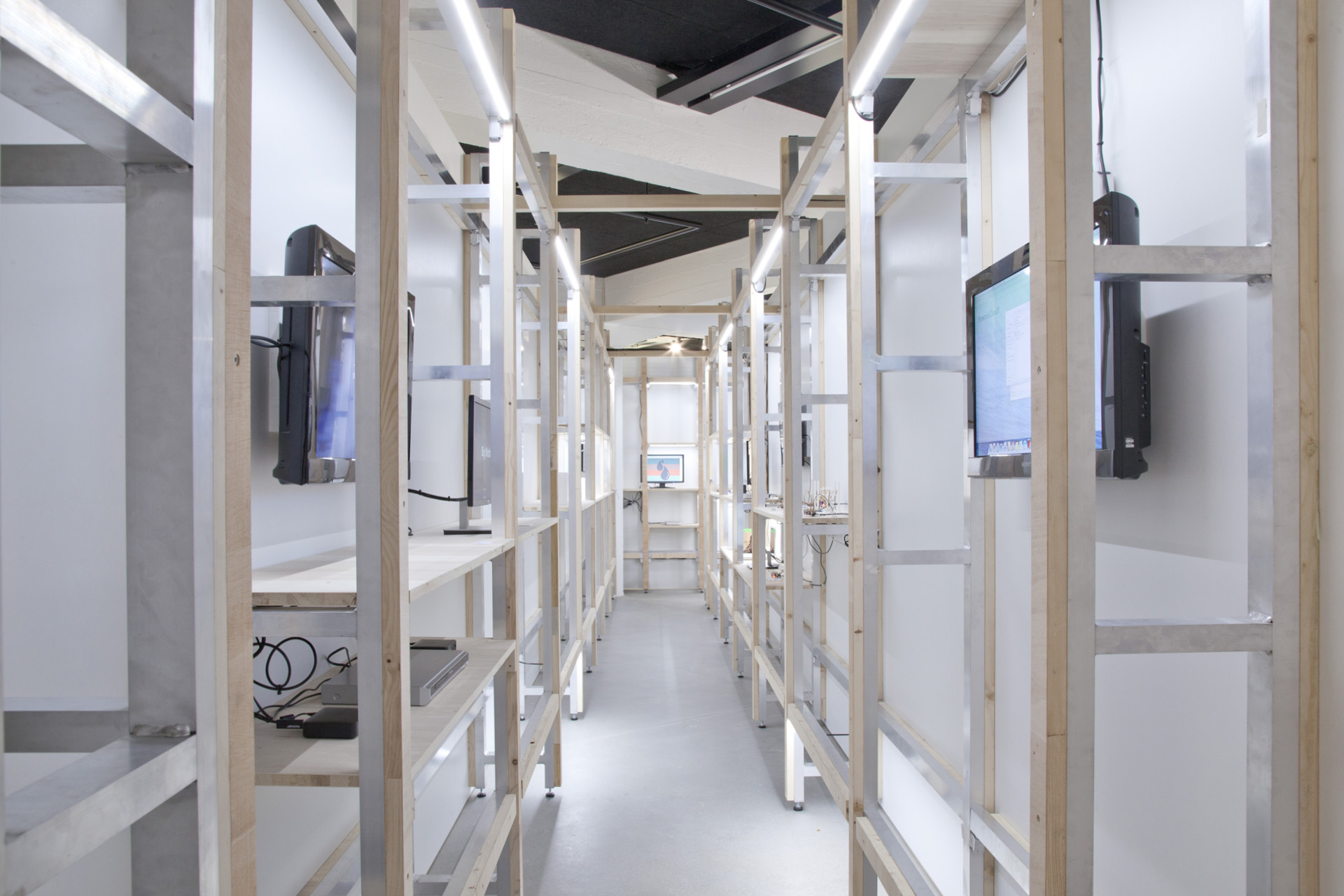
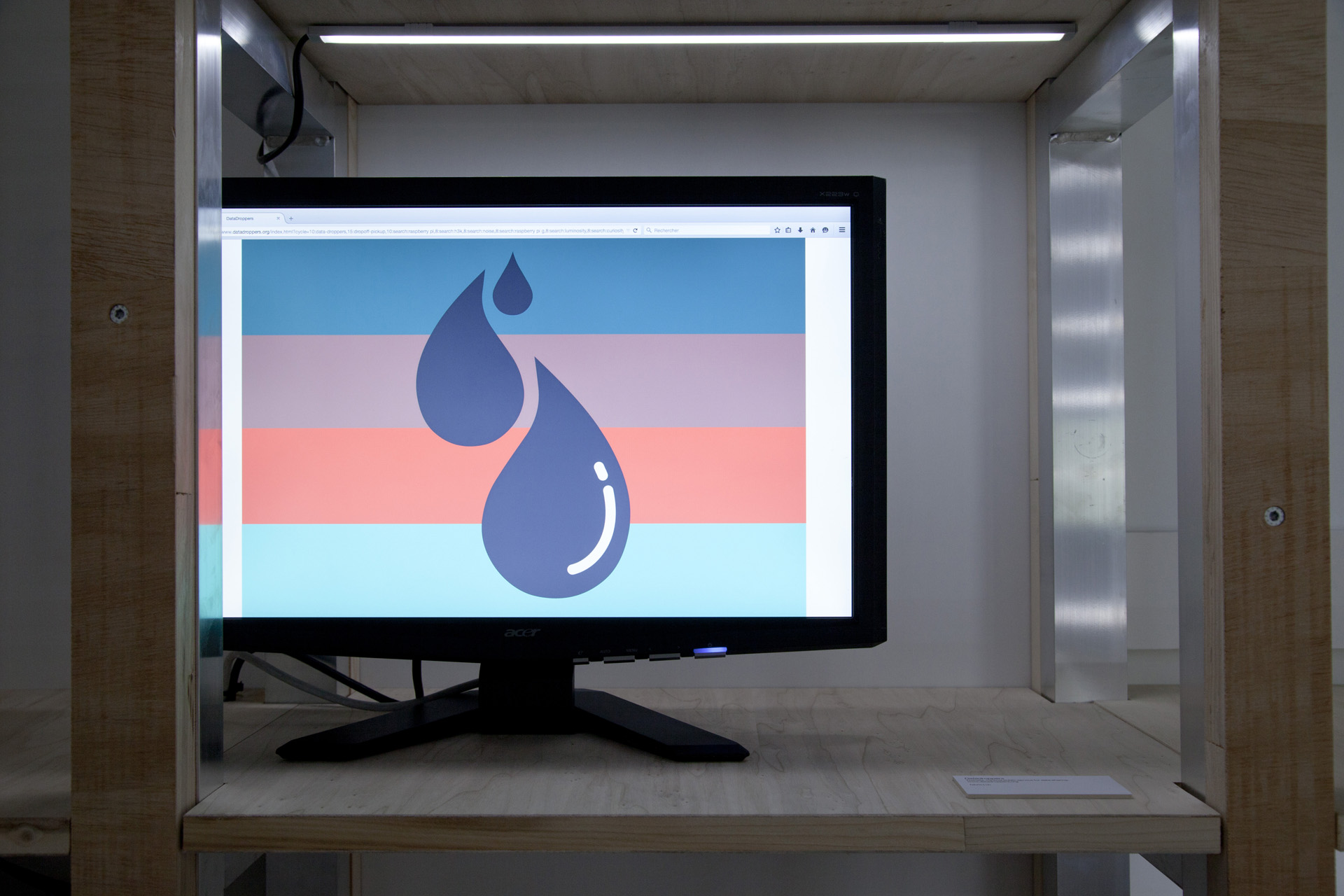
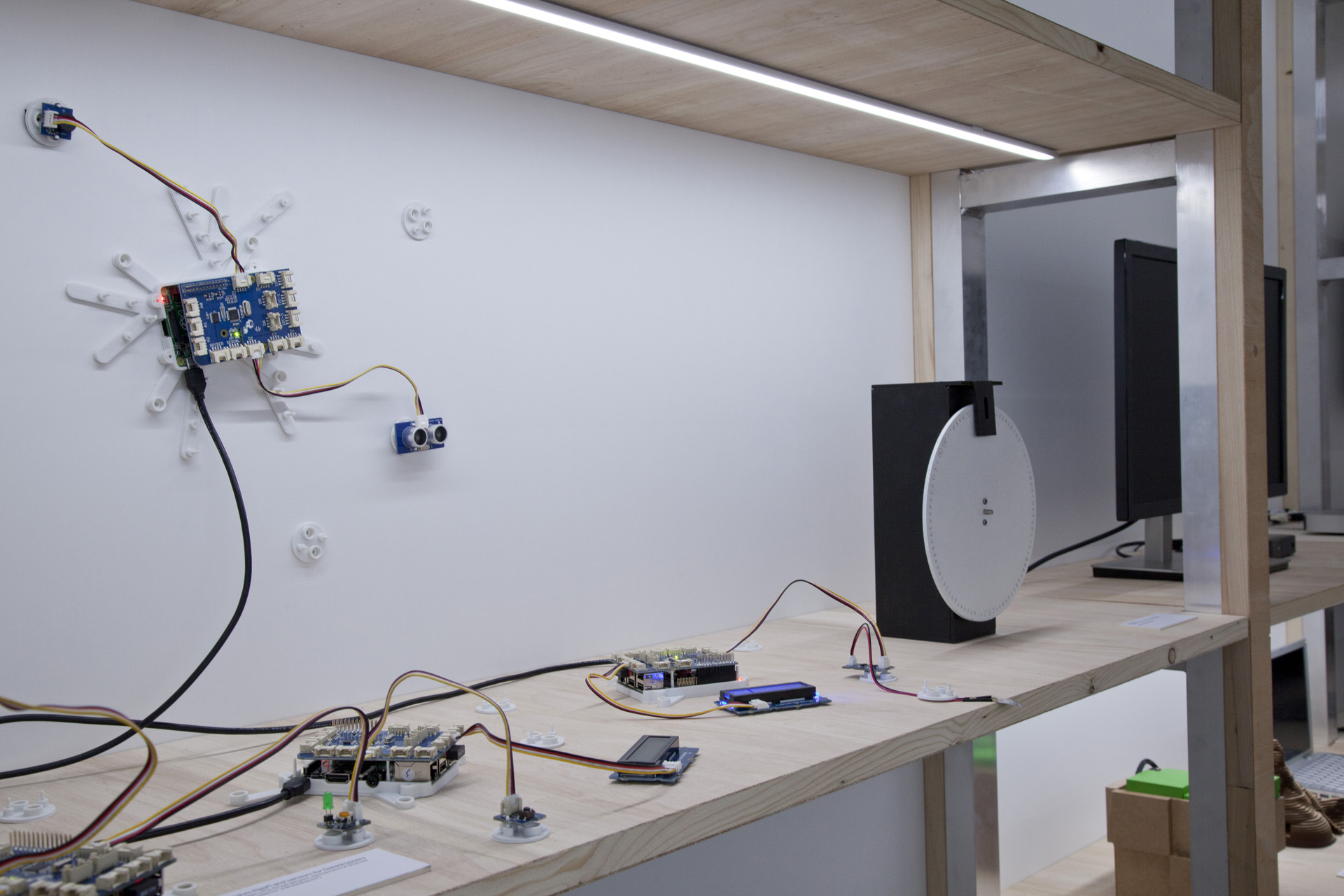
.jpg)
Some views of Datadroppers in first use during Poetics and Politics of Data exhibition at the Haus der elektronische Künste in Basel (Switzerland), as part of the scenography designed by fabric | ch. Many Raspberry Pis were installed inside the space that captured exhibition's data and feed the service. They can now be retrieved from http://www.datadroppers.org/index.html#search as the exhibition will end this week-end > search with string "H3K" or "Museum".
.jpg)
.jpg)

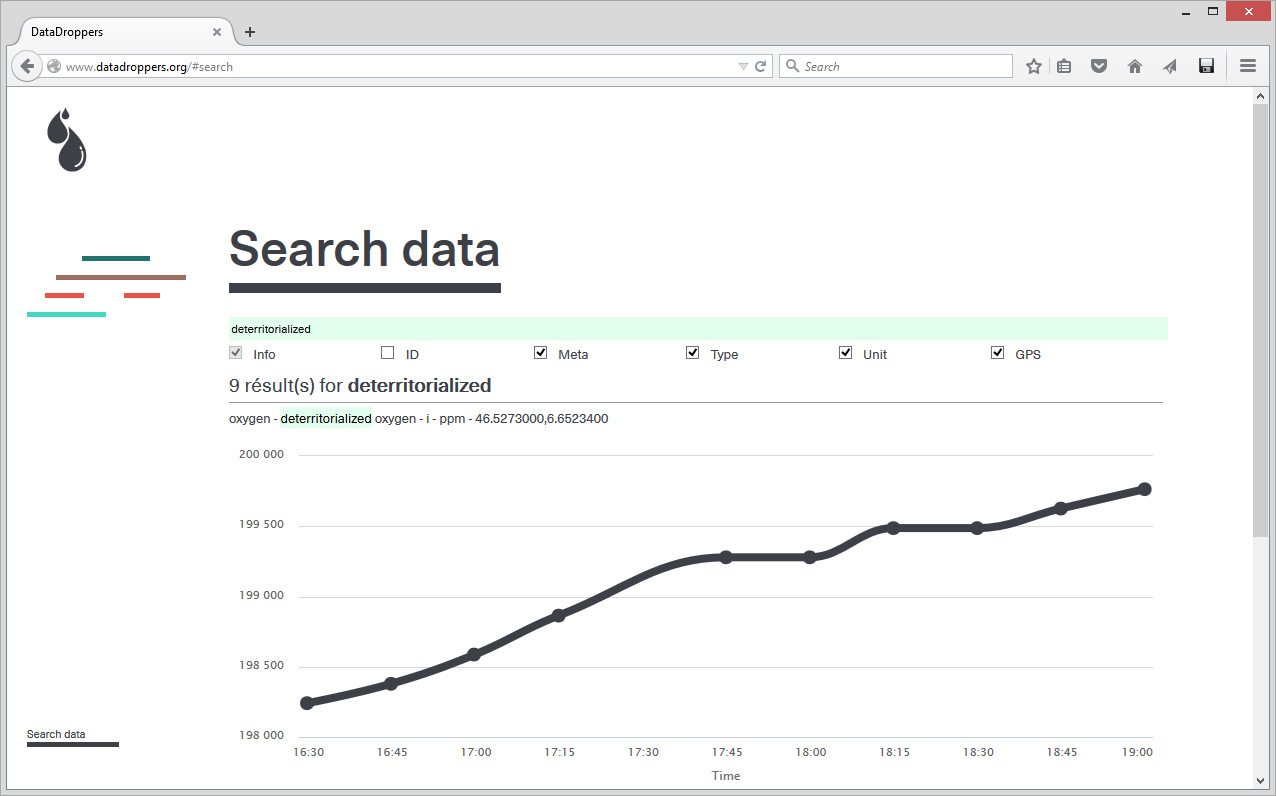
Finally, I must mention the project that initiated Datadroppers, both because we developed the rules of the data sharing service during this latter project (Link > follow "Access to open data feeds"), but also because it is probably one of the most interesting use of Datadroppers so far...
Deterritorialized Living is an artificial, yet livable troposphere that is delivered in the form of data. Just like if we indeed install atmospheric sensors in a real environment, unless the environment doesn't exist in this case (yet), it is the project. The process is therefore reversed within this almost geo-engineered climate that follows different rules than our earth/cosmos driven everyday atmosphere. We have the open data feed to later set it up. fabric | ch or another designer as the feed is open. We plan to use this feed and materialized it through different installations, like we already started to do.
So, for now, this fictive data flow of a designed atmosphere is also delivered as a feed (again: Search data > Deterritorialized), among other ones (some "real", some not), within the webservice offered by Datadroppers .
Related Links:
Friday, June 26. 2015
I&IC within Poetics and Politics of Data, exhibition at H3K, scenography. Pictures | #data #research
By fabric | ch
-----
Note: last end of May was the opening of the exhibition Poetics & Politics of Data at the Haus der elektronischen Künste in Basel. This was the occasion to present the temporary results of the design research I'm leading at ECAL/University of Art & Design Lausanne, in collaboration with Nicolas Nova from HEAD - Genève, EPFL and EPFL-ECAL Lab. But for that matter, fabric | ch realized the scenography of the whole exhibition, in particular the "hidden" part hosting the presentation of the design research itself.
The whole spatial display we designed looks like some sort of "heterotopy": an archive and (computer) cabinet of curiosities within the white cube. A little bit like the "behind the scenes" of the exhibition, occupying its center, yet articulating it. It is basically made out of the modular elements that constitutes the "white cube" itself. Just that we maintained the hidden parts of these walls open and visible, widen and turn them in a pathway and an archive.
Also present in the space and scenography are different works from fabric | ch: Deterritorialized Daylight is used to drive the lighting of the inner part of the cabinet, a new work Datadroppers --an online data commune, reminiscence of the now dead Pachube-- is used to collect and re-use random data from the exhibition, several Raspberry Pis in their dedicated 3d printed casing are collecting these data (which includes, in addition to the traditional ones more surpising ones like "curiosity", "transgression", etc.) and "dropping" them on the online service. They are then searchable and be used in third parties applications.
The exhibition will still be on view until the end of August in Basel, with works by Rafael Lozano-Hemmer, Moniker, Aram Bartholl, Jennifer Lyn Morone, Rybn and several others.
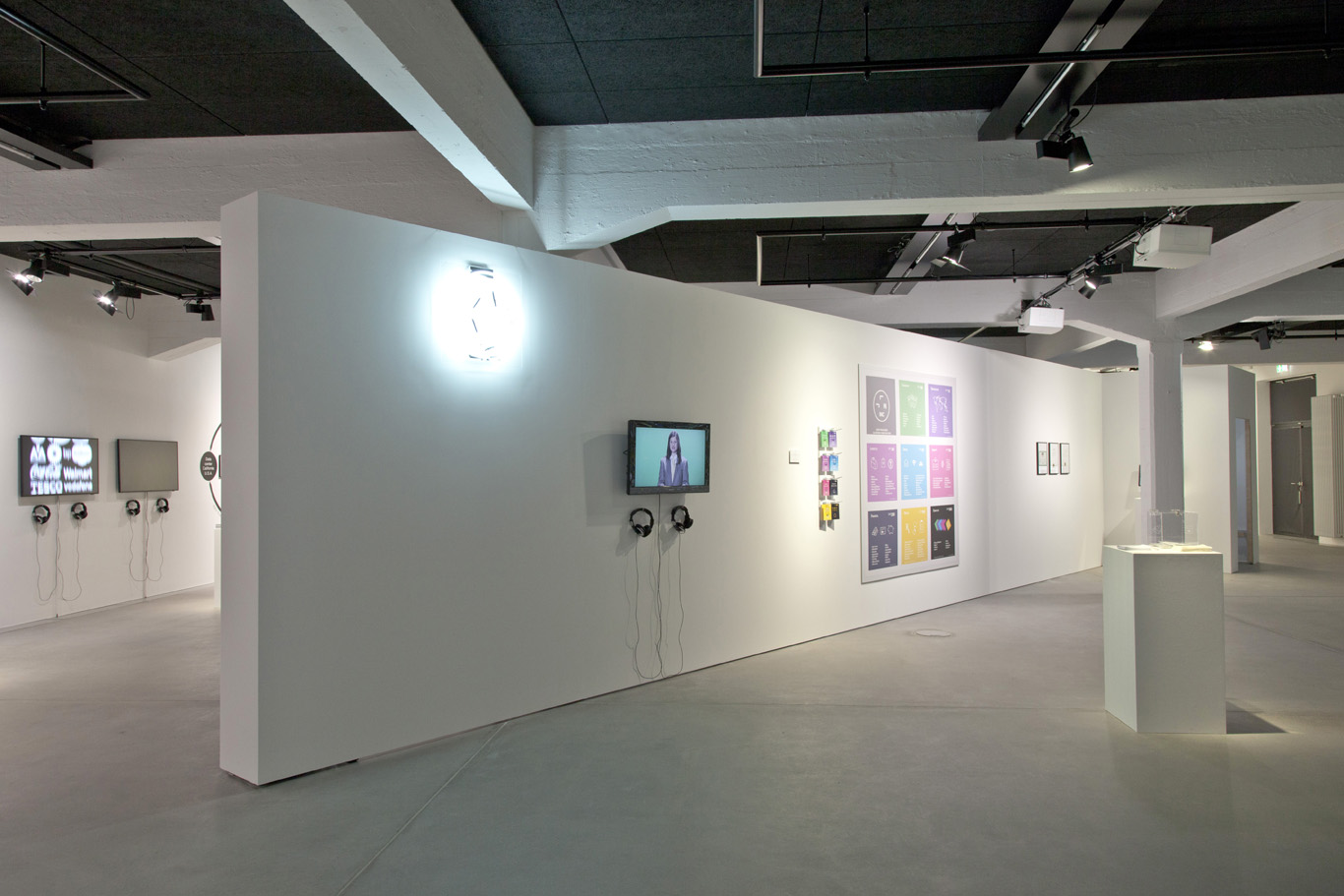


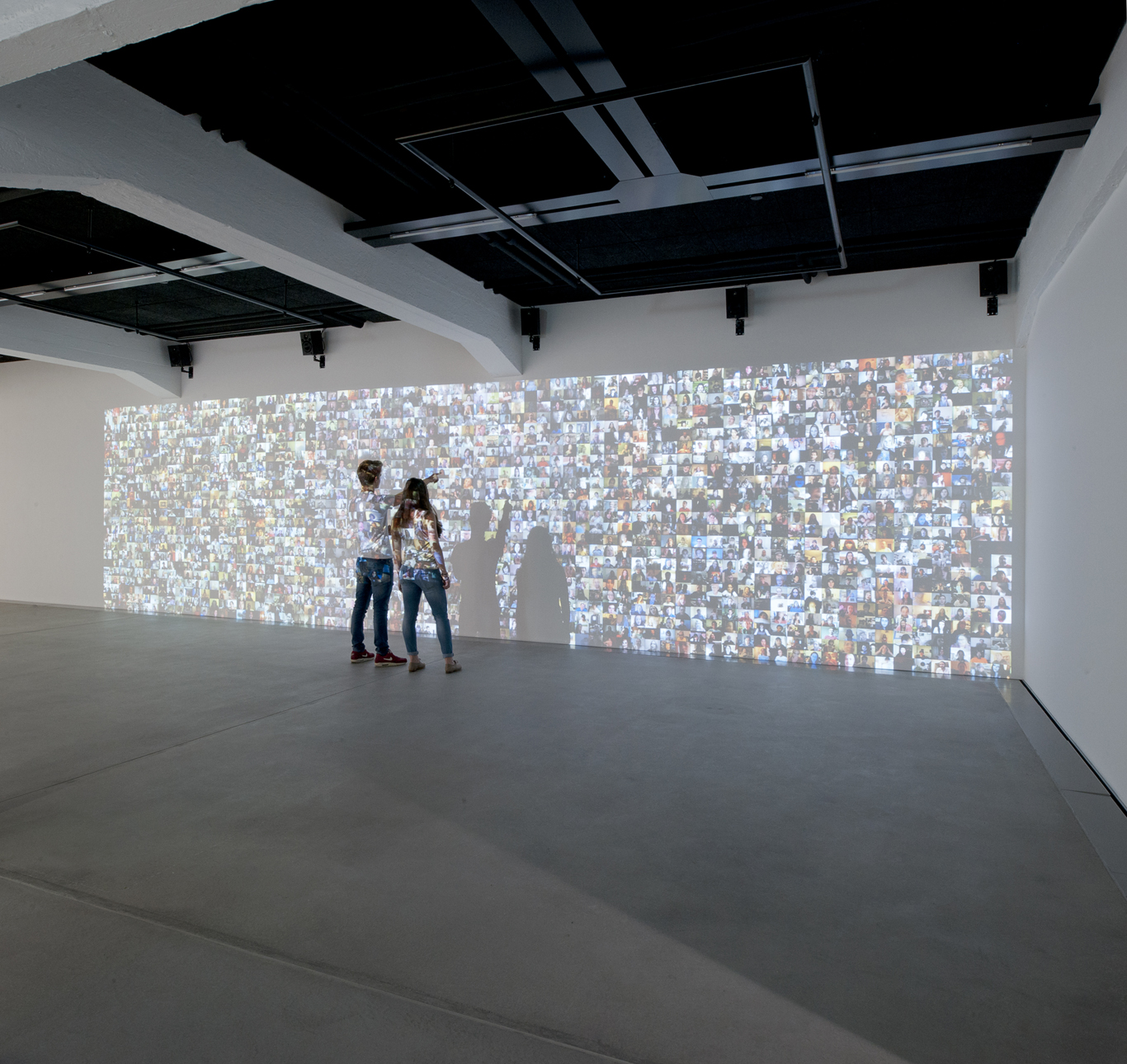
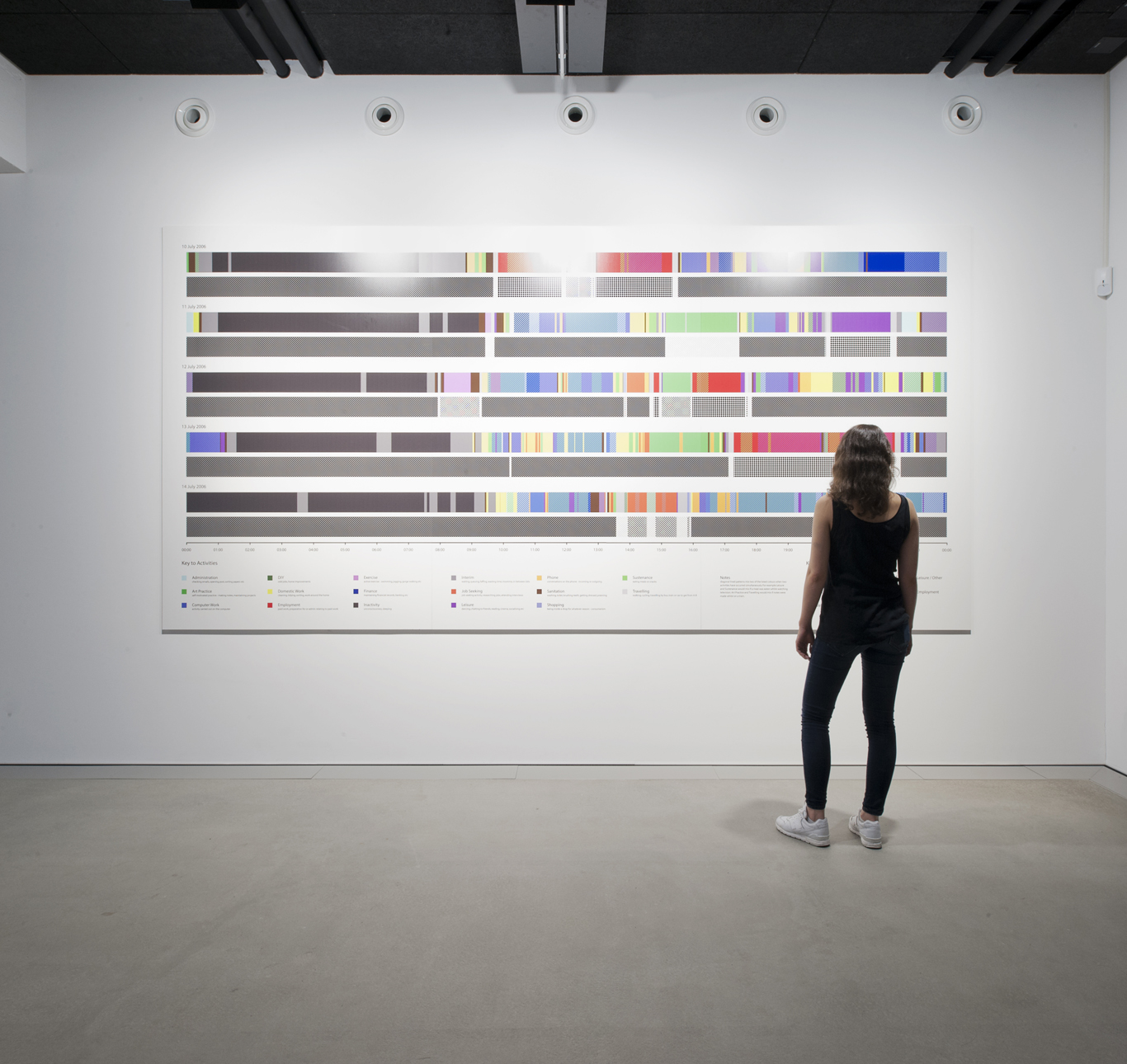
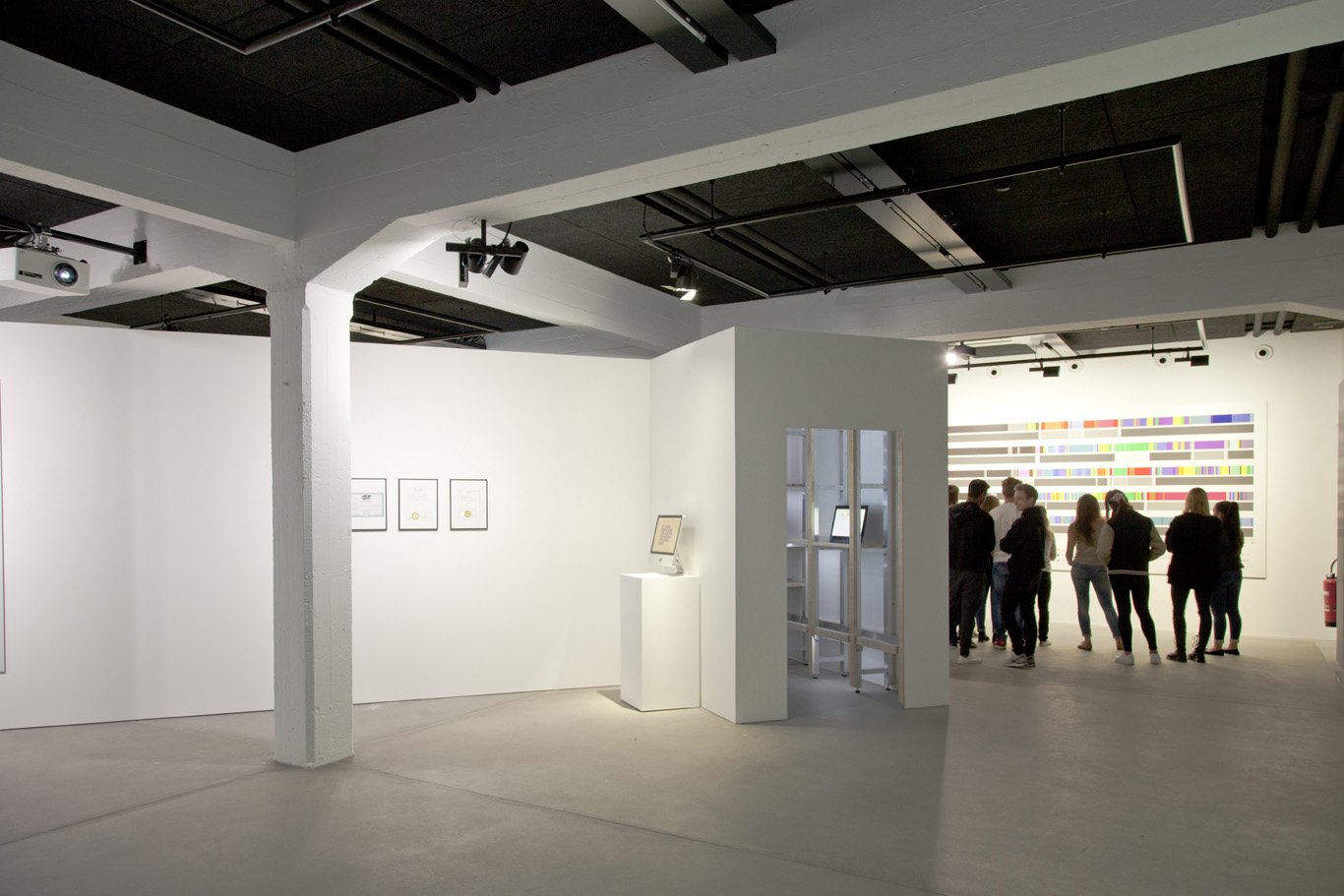




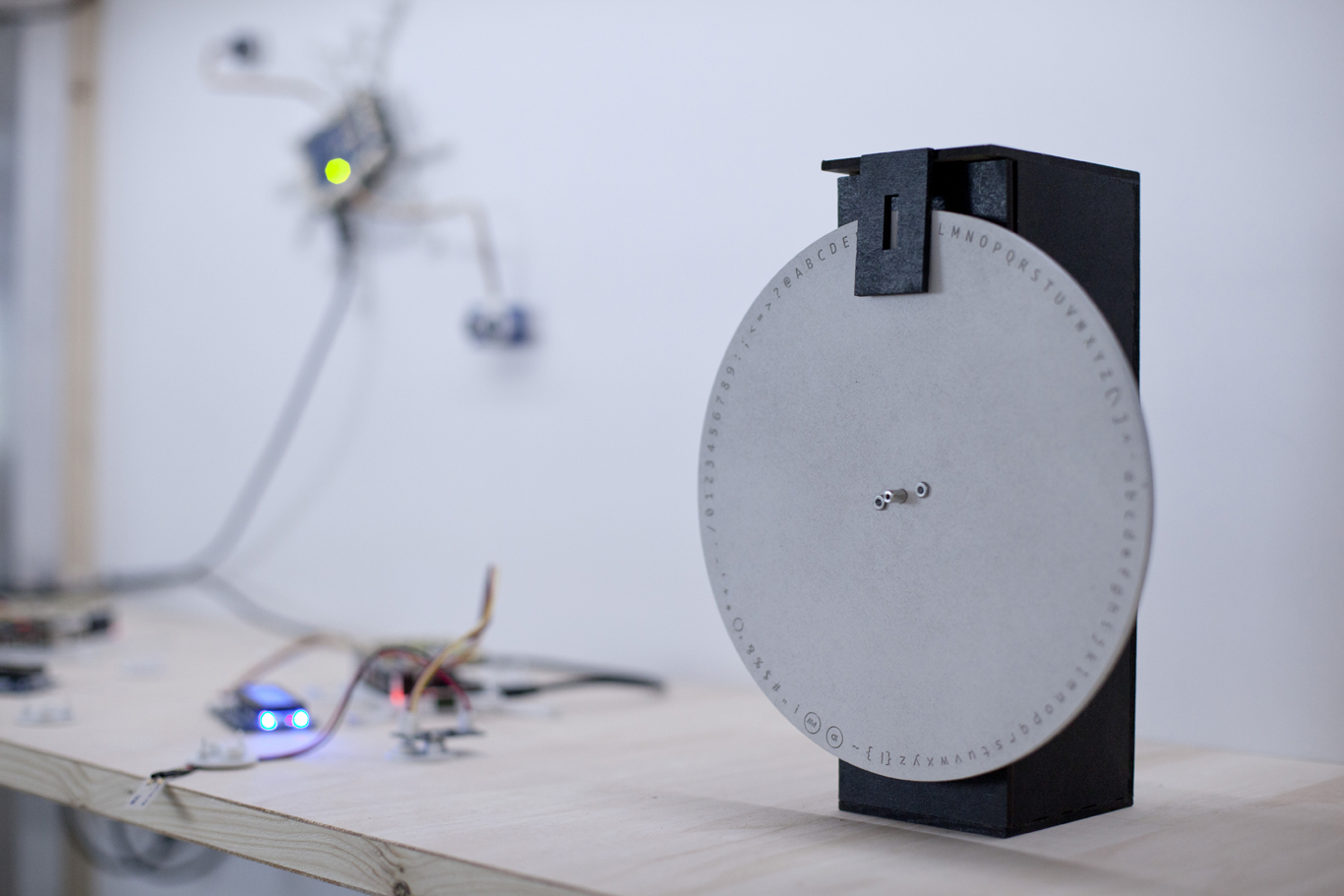
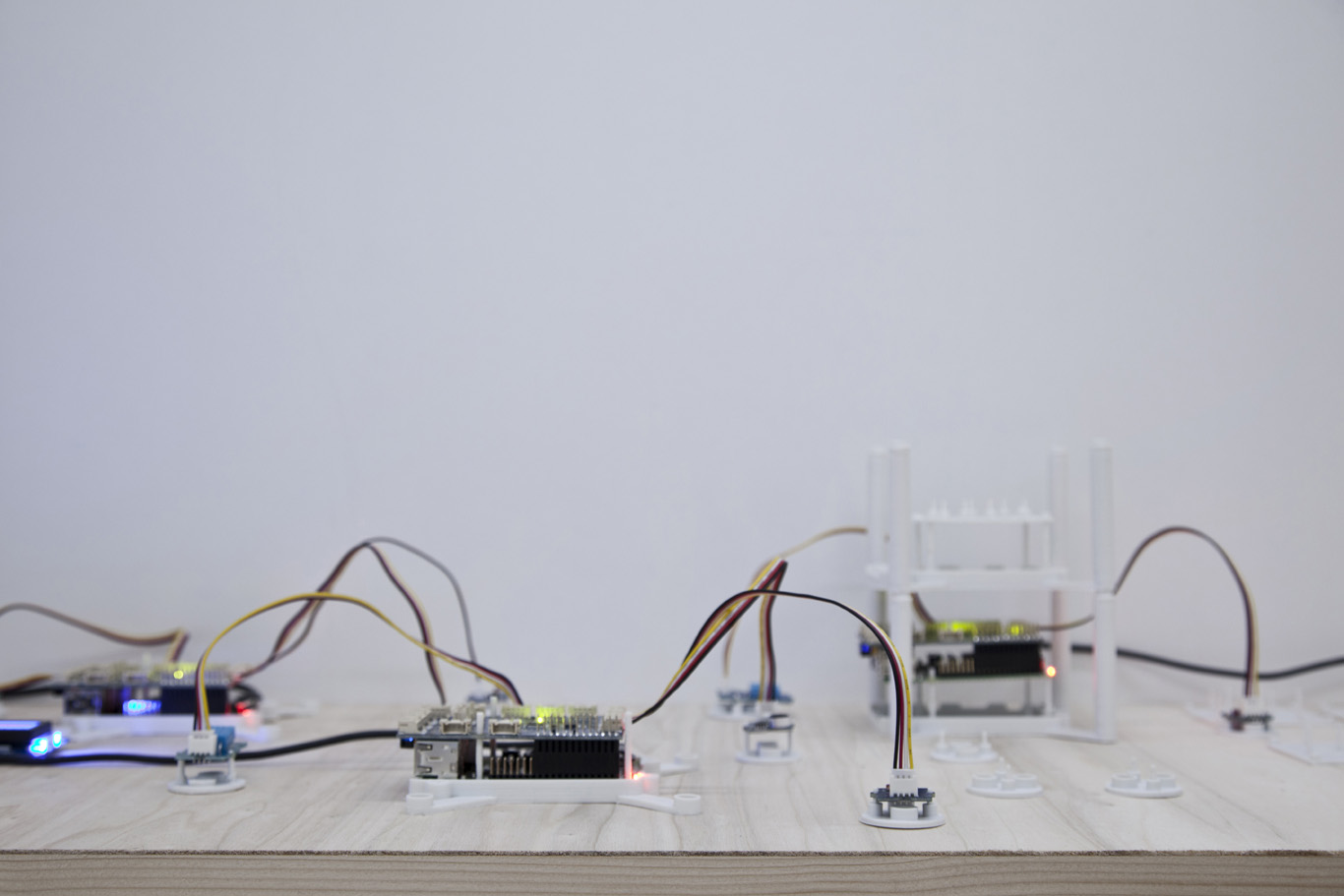

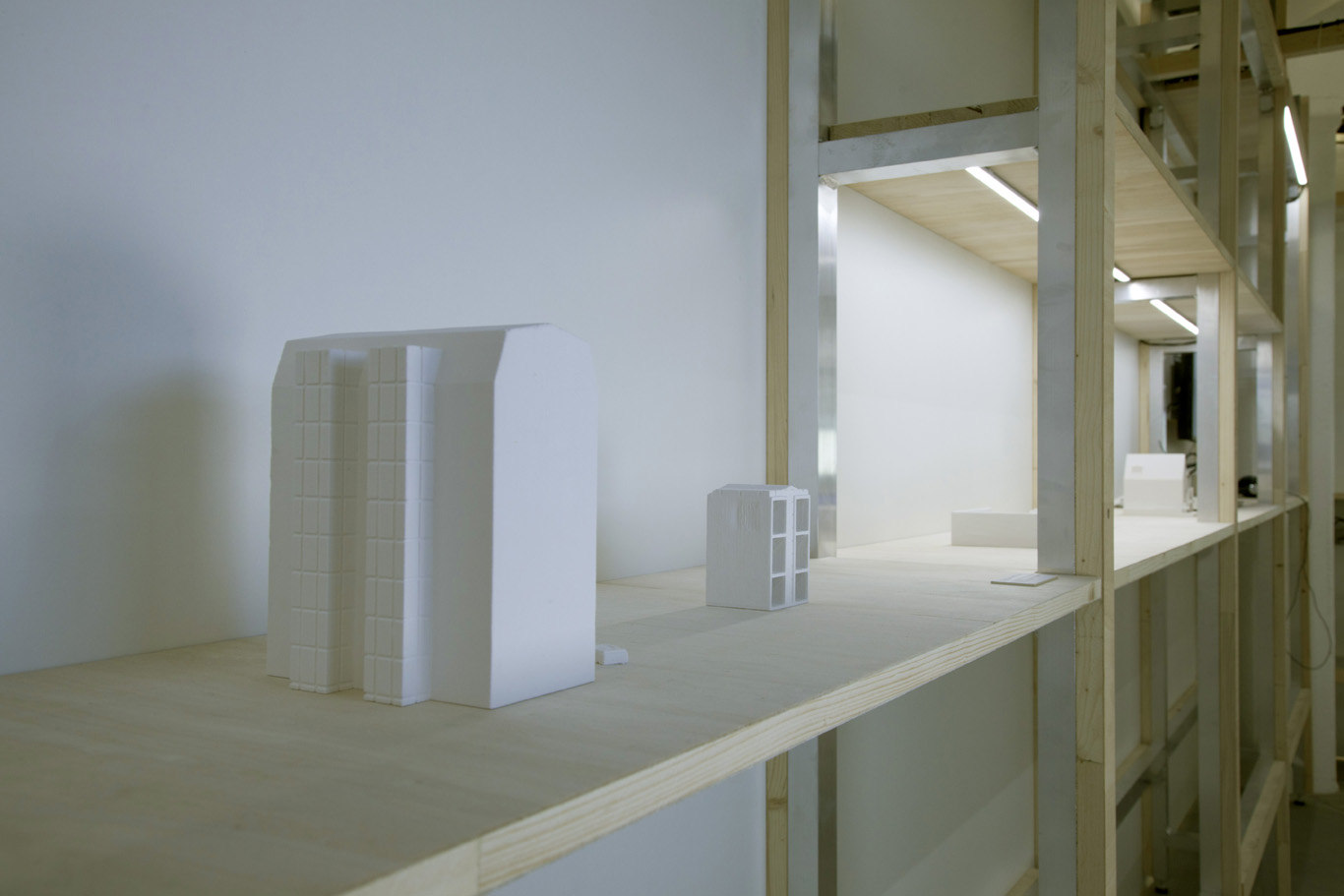
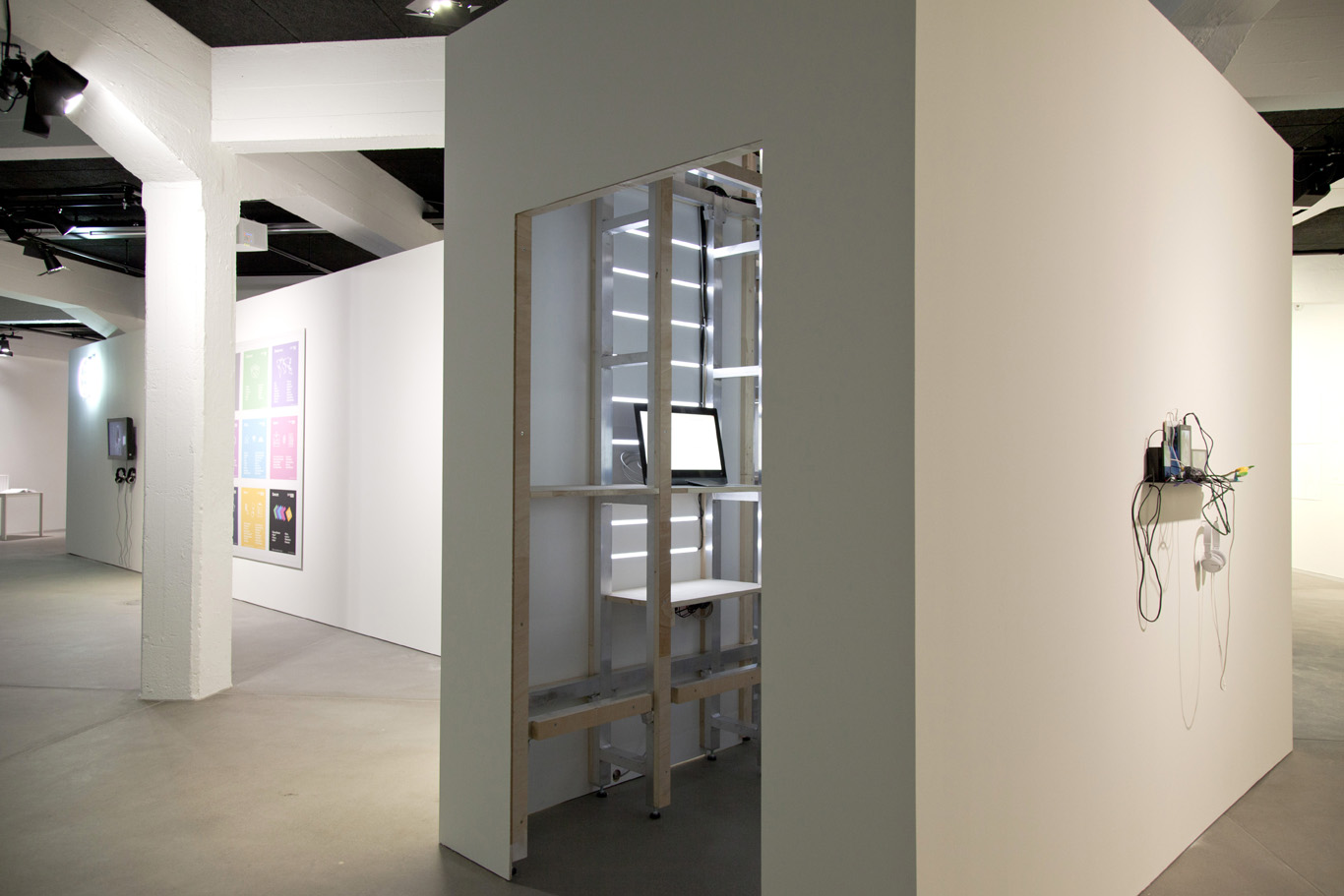
Pictures by David Colombini and Marco Frauchiger
-
Intro text to the exhibition and credits:
Inhabiting & Interfacing the Cloud(s) is an ongoing design research about Cloud Computing. It explores the creation of counter-proposals to the current expression of this technological arrangement, particularly in its forms intended for private individuals and end users (Personal Cloud). Through its fully documented cross-disciplinary approach that connects the works of interaction designers, architects and ethnographers, this research project aims at producing alternative yet concrete models resulting from a more decentralized and citizen-oriented approach.
Halfway through the exploration process, the current status of the work is presented in the form of a (computer) cabinet (of curiosities).
Project leaders: Patrick Keller (ECAL), Nicolas Nova (HEAD)
Tutors: Christophe Guignard (ECAL), Dieter Dietz, Caroline Dionne, Manon Fantini, Thomas Favre-Bulle & Rudi Nieveen (EPFL), Nicolas Henchoz (EPFL-ECAL Lab)
Assistants: Lucien Langton (ECAL), Charles Chalas (HEAD), David Colombini
Partners: James Auger, Christian Babski, Stéphane Carion, Matthew Plummer-Fernandez
Students (ECAL): Anne-Sophie Bazard, Benjamin Botros, Caroline Buttet, Guillaume Cerdeira, Romain Cazier, Maxime Castelli, Mylène Dreyer, Bastien Girshig, Martin Hertig, Jonas Lacôte, Alexia Léchot, Nicolas Nahornyj, Pierre-Xavier Puissant
Students (HEAD): Sarah Bourquin, Hind Chamas, Marianne Czwodjdrak, Patrick Donaldson, Alexandra Gavrilova, Félicien Goguey, Eunni Sun Lee, Vanesa Lorenzo, Etienne Ndiaye, Mélissa Pisler, Camille Rattoni, Léa Thévenot, Saskia Vellas
Students (EPFL): Anne-Charlotte Astrup, Francesco Battaini, Tanguy Dyer, Delphine Passaquay
Scenography: fabric | ch
ECAL director: Alexis Georgacopoulos
HEAD – Genève director: Jean-Pierre Greff
ECAL/University of Art & Design Lausanne, HEAD – Genève, EPFL-ECAL Lab, HES-SO
fabric | rblg
This blog is the survey website of fabric | ch - studio for architecture, interaction and research.
We curate and reblog articles, researches, writings, exhibitions and projects that we notice and find interesting during our everyday practice and readings.
Most articles concern the intertwined fields of architecture, territory, art, interaction design, thinking and science. From time to time, we also publish documentation about our own work and research, immersed among these related resources and inspirations.
This website is used by fabric | ch as archive, references and resources. It is shared with all those interested in the same topics as we are, in the hope that they will also find valuable references and content in it.
Quicksearch
Categories
Calendar
|
|
July '25 | |||||
| Mon | Tue | Wed | Thu | Fri | Sat | Sun |
| 1 | 2 | 3 | 4 | 5 | 6 | |
| 7 | 8 | 9 | 10 | 11 | 12 | 13 |
| 14 | 15 | 16 | 17 | 18 | 19 | 20 |
| 21 | 22 | 23 | 24 | 25 | 26 | 27 |
| 28 | 29 | 30 | 31 | |||





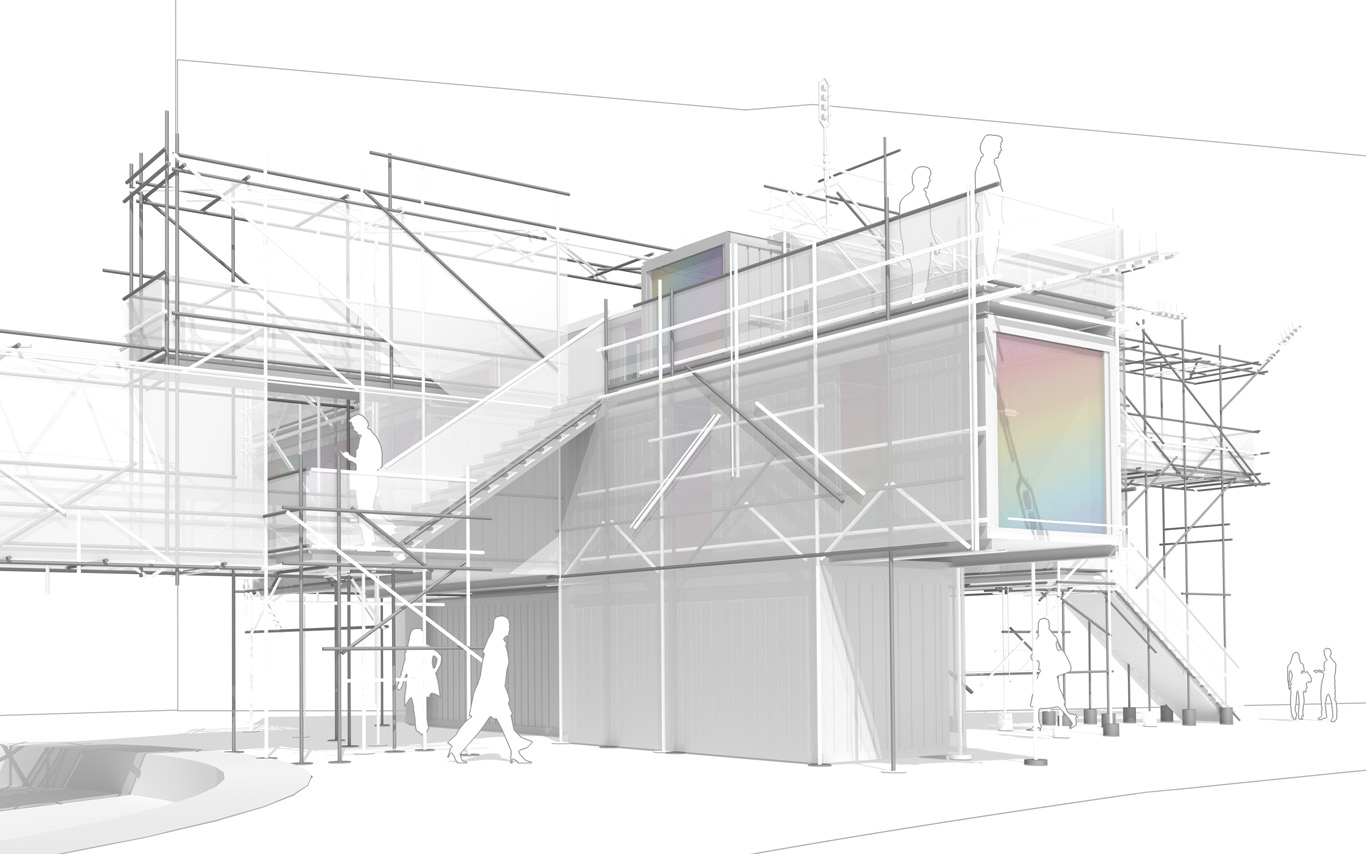
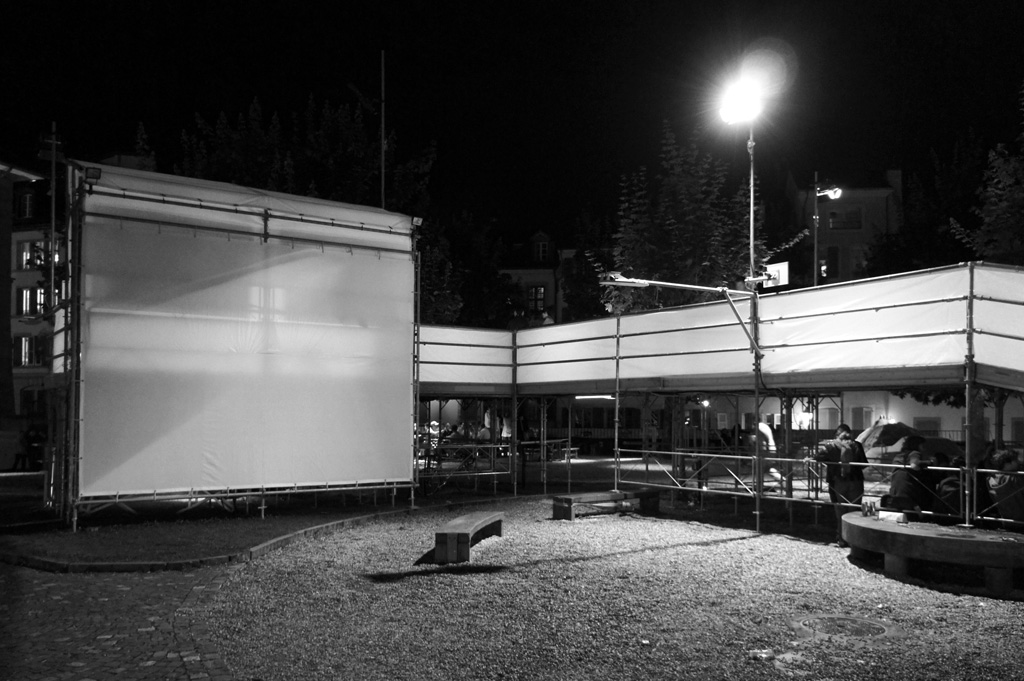

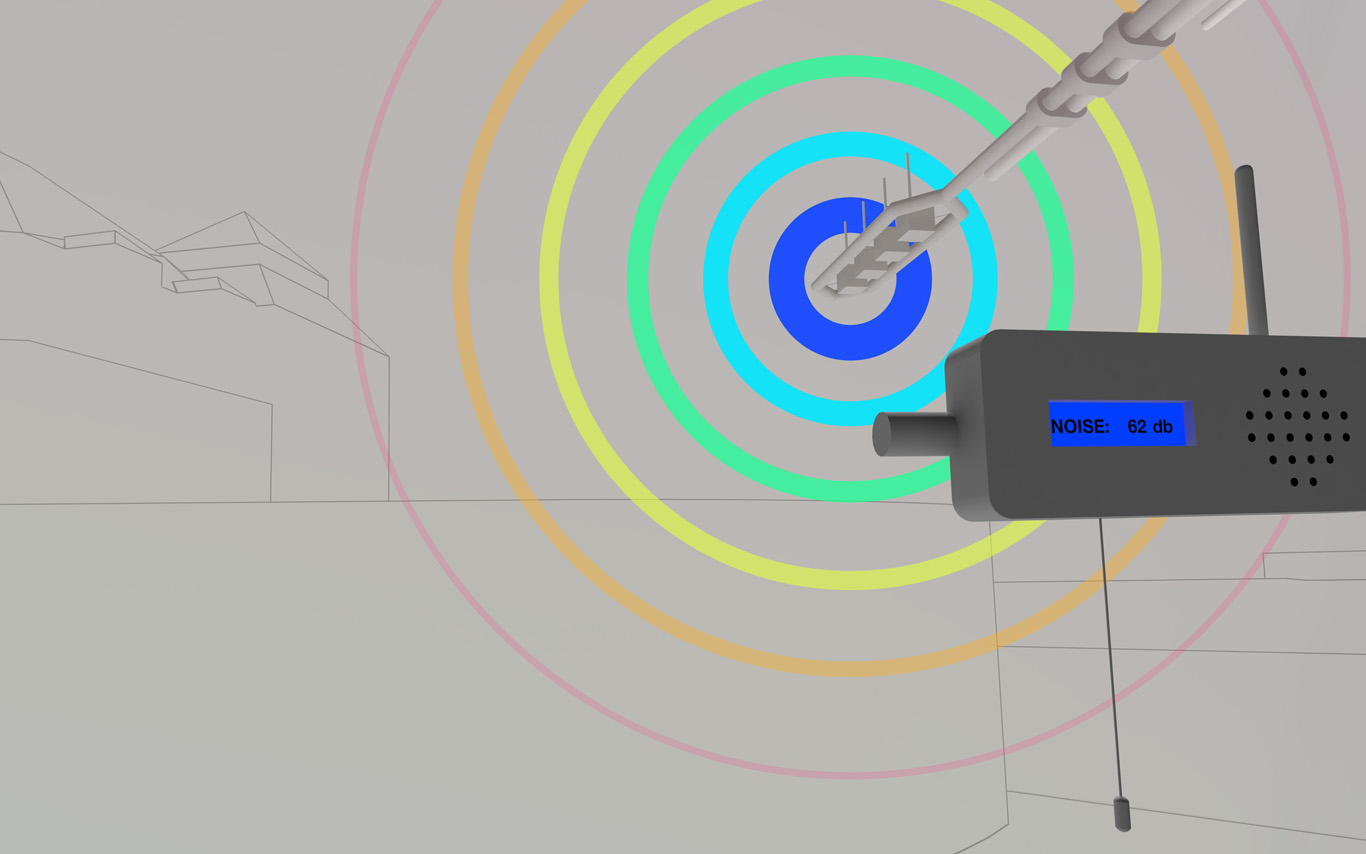
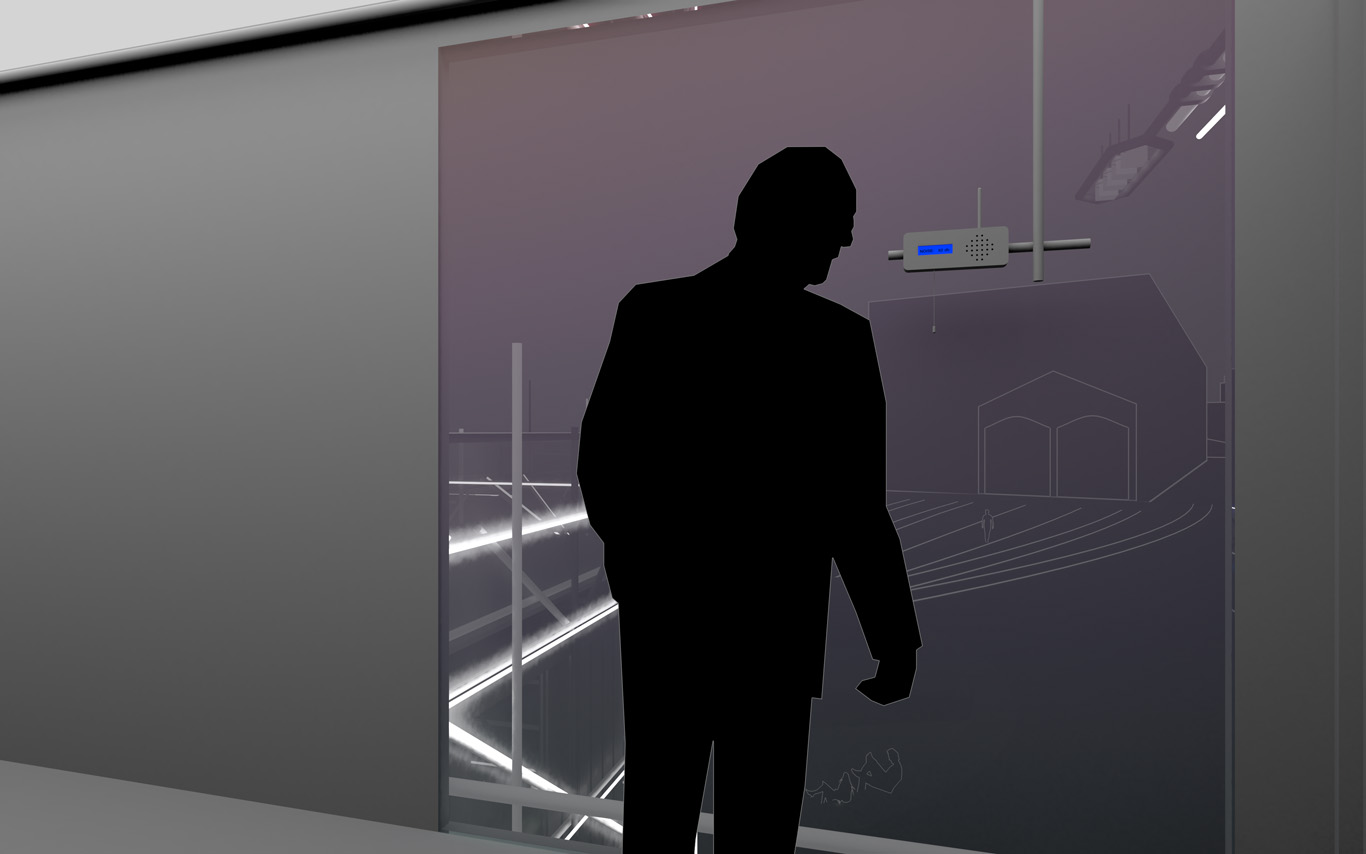

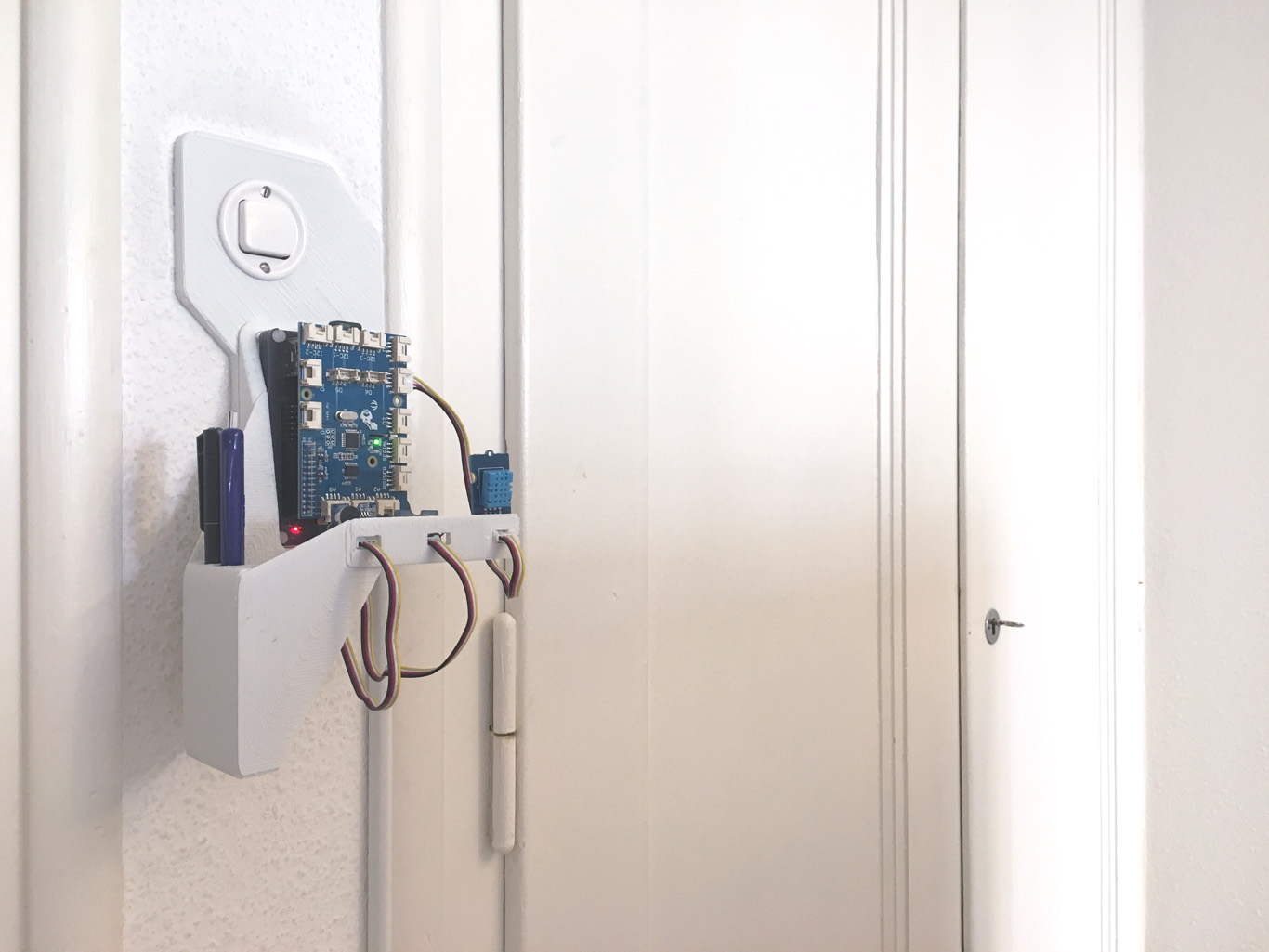
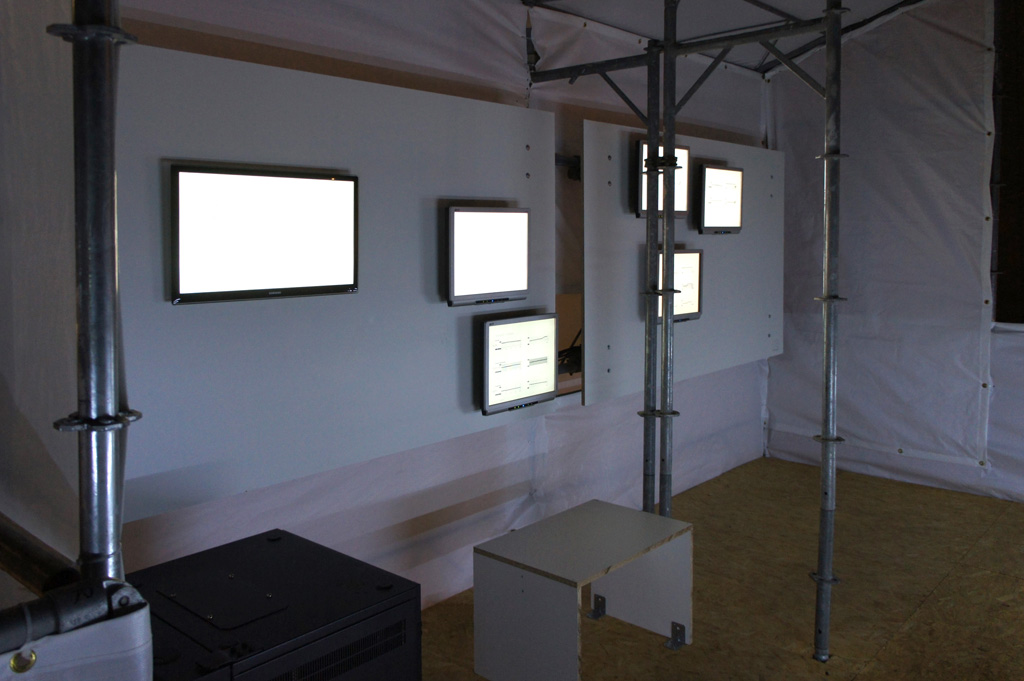
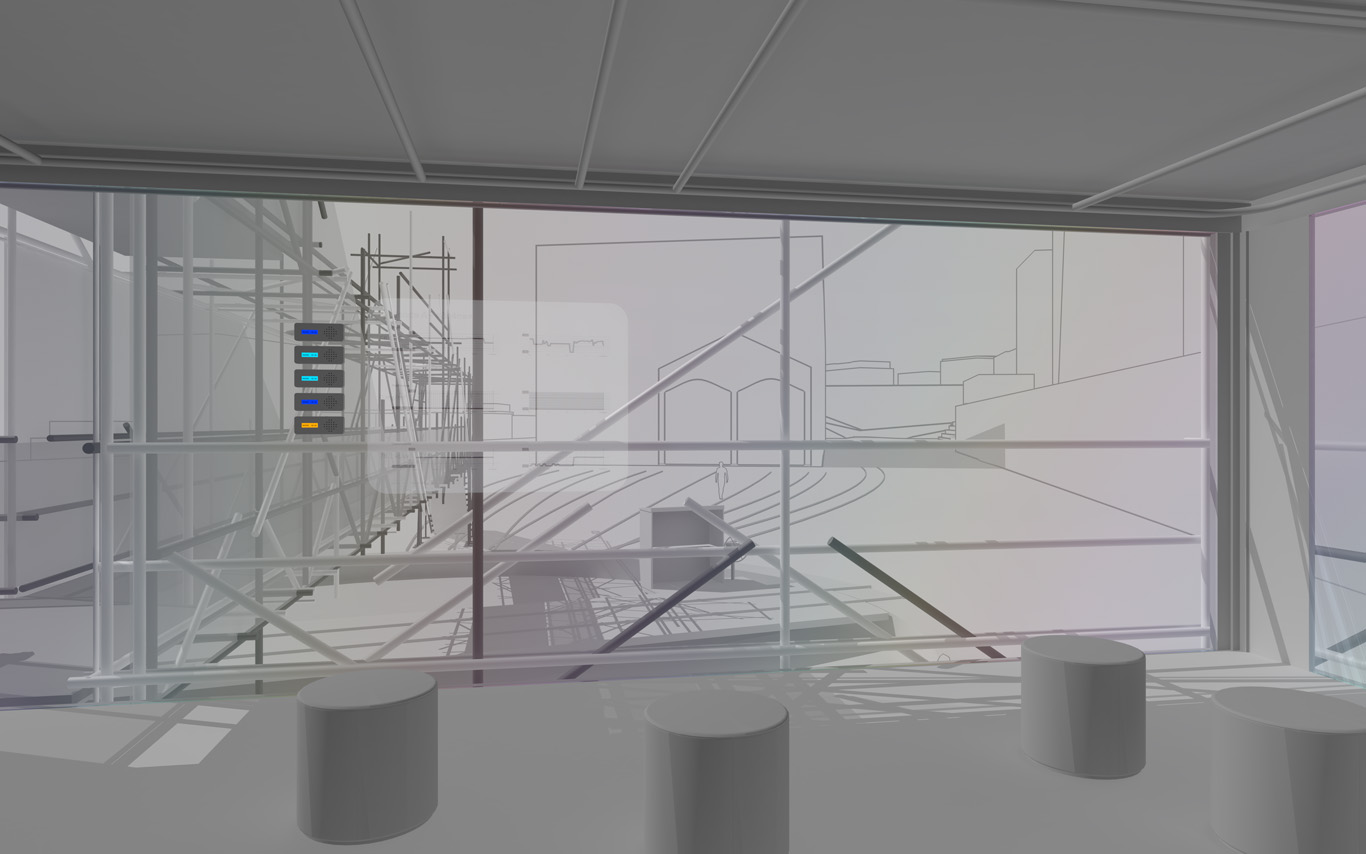
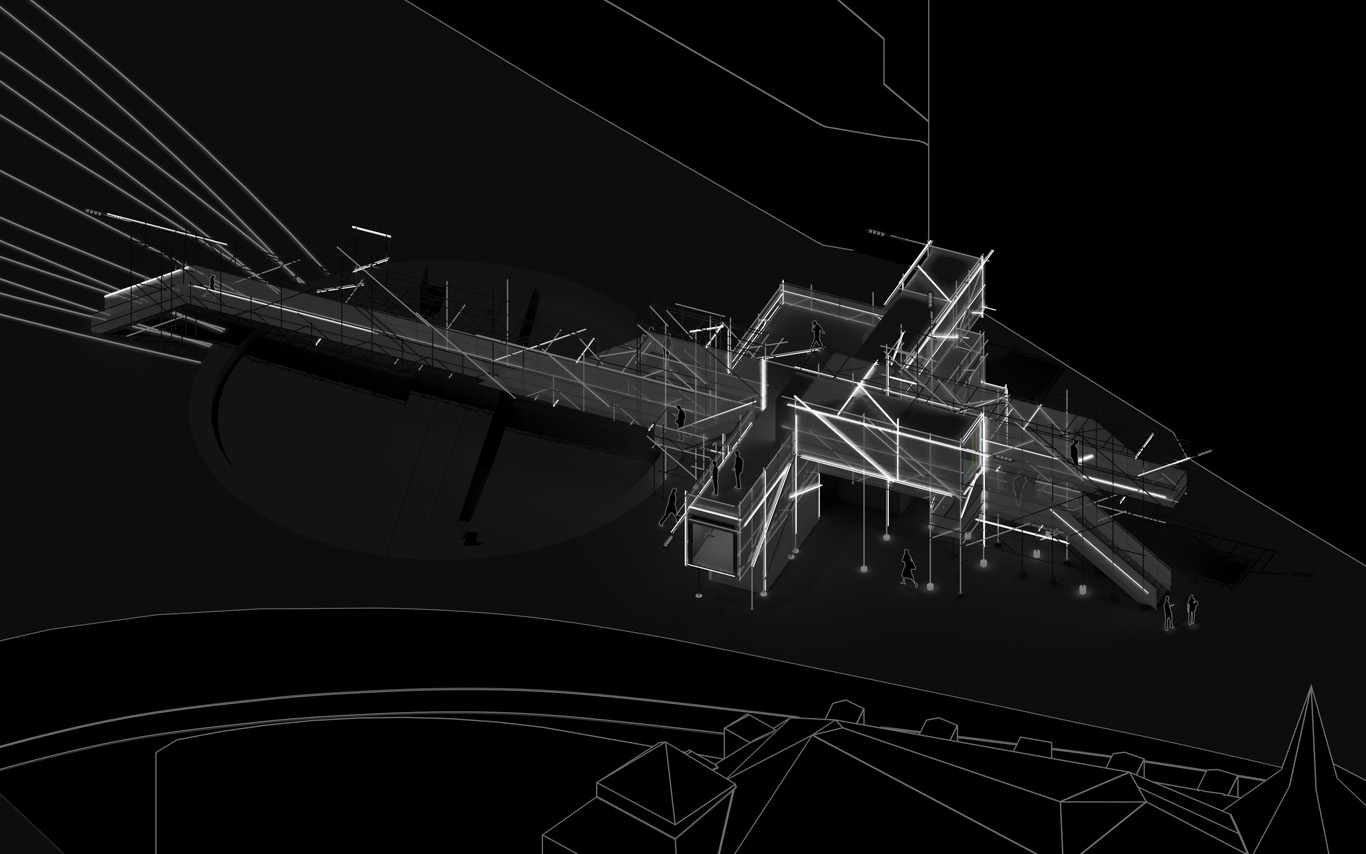
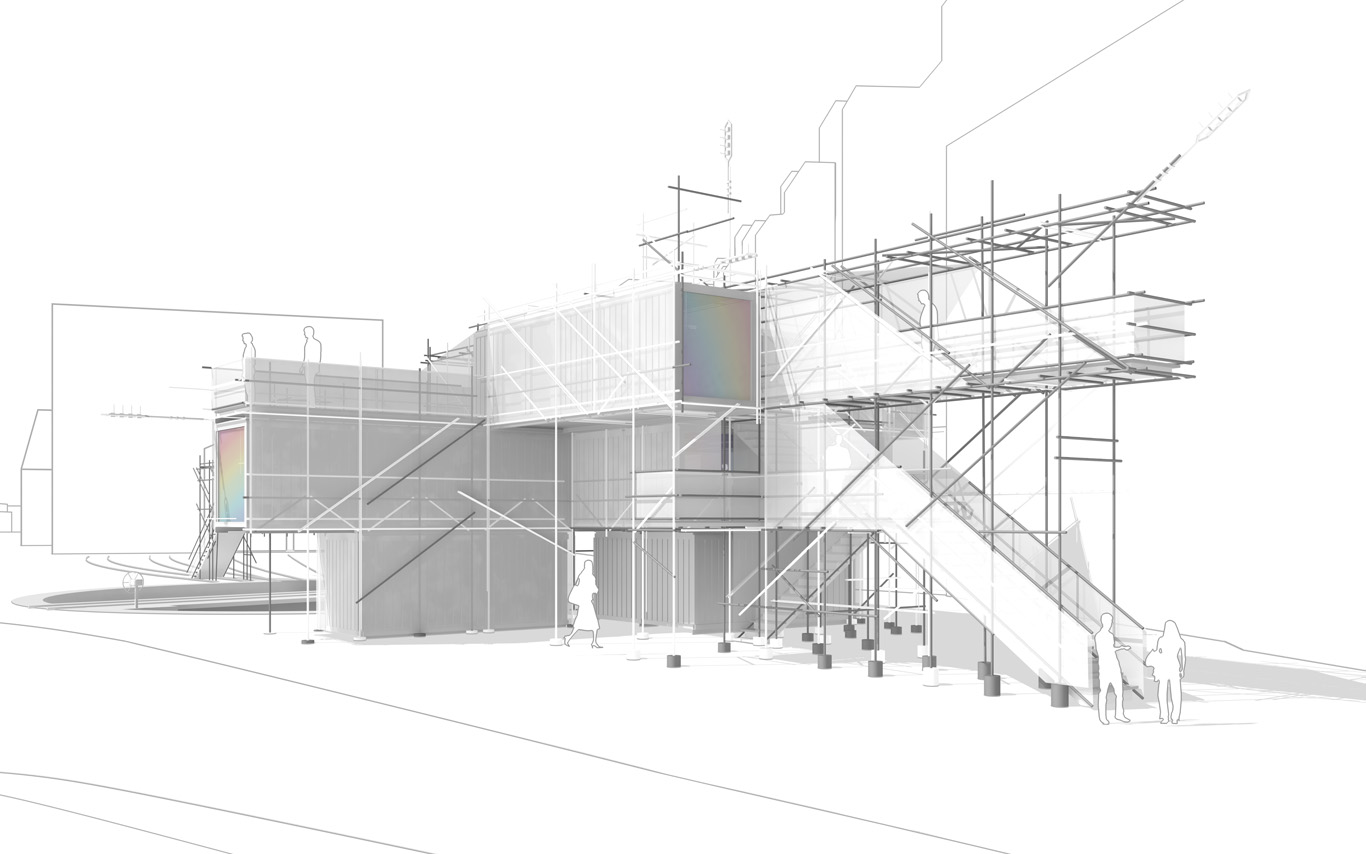
.jpg)

.jpg)
.jpg)
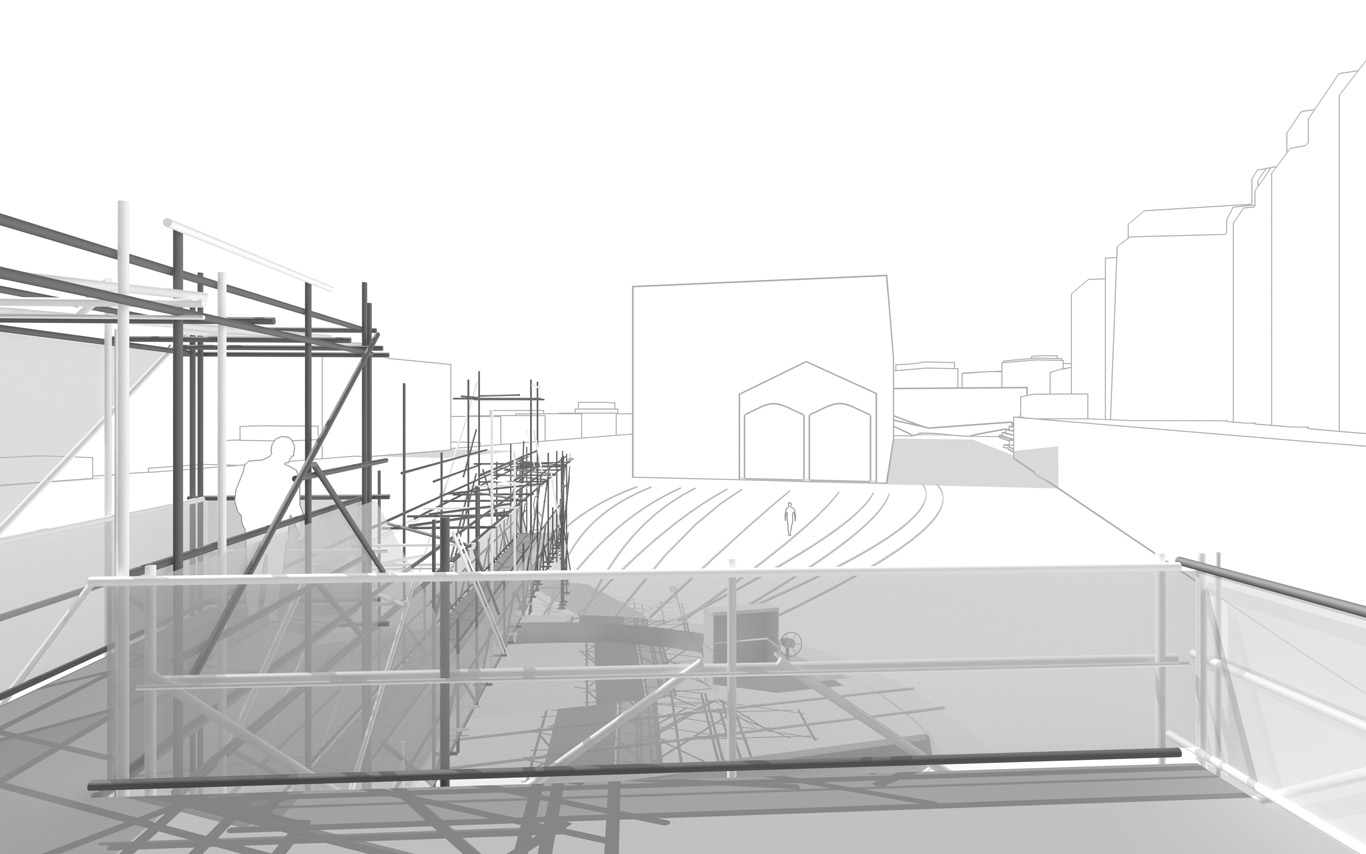
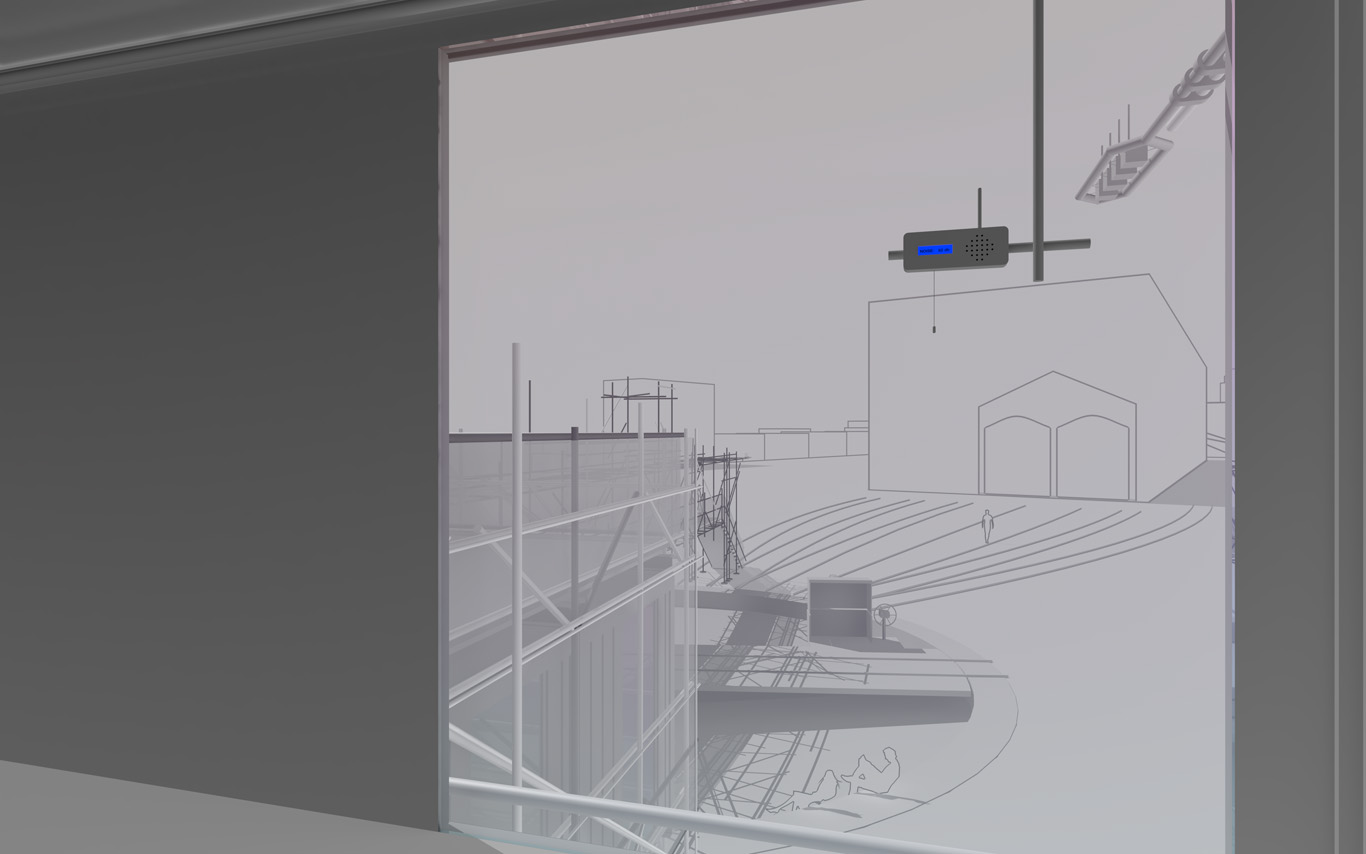
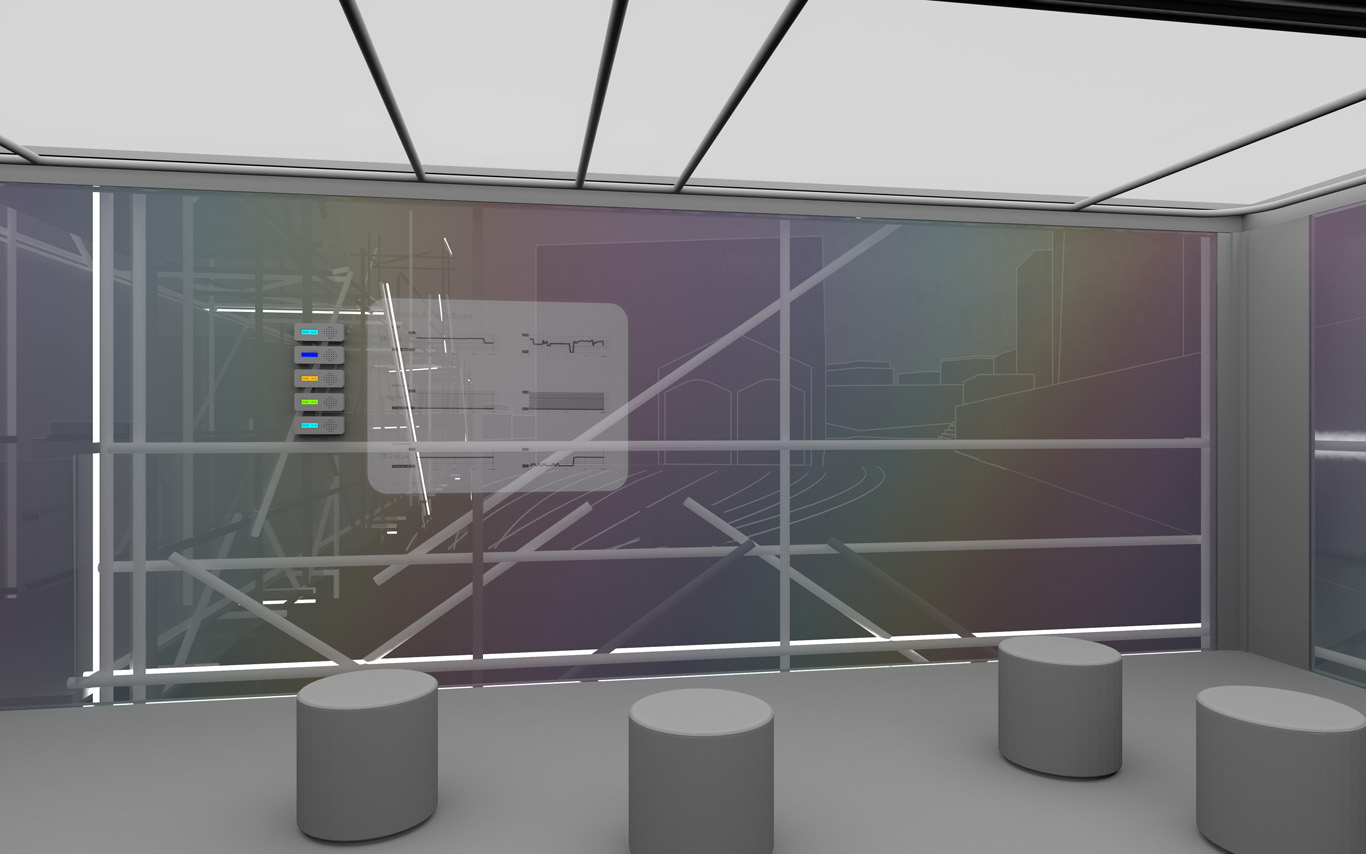

.jpg)
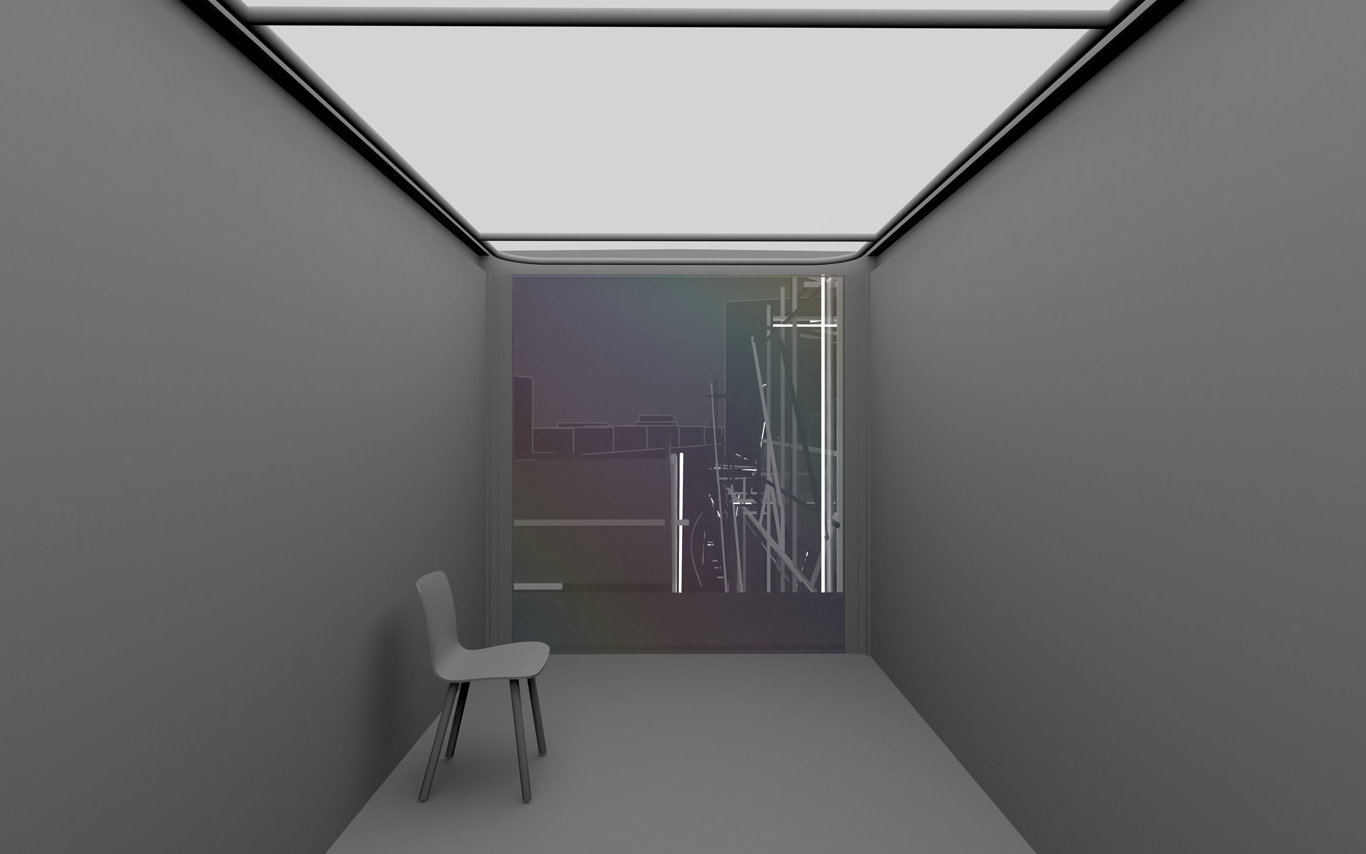
.jpg)
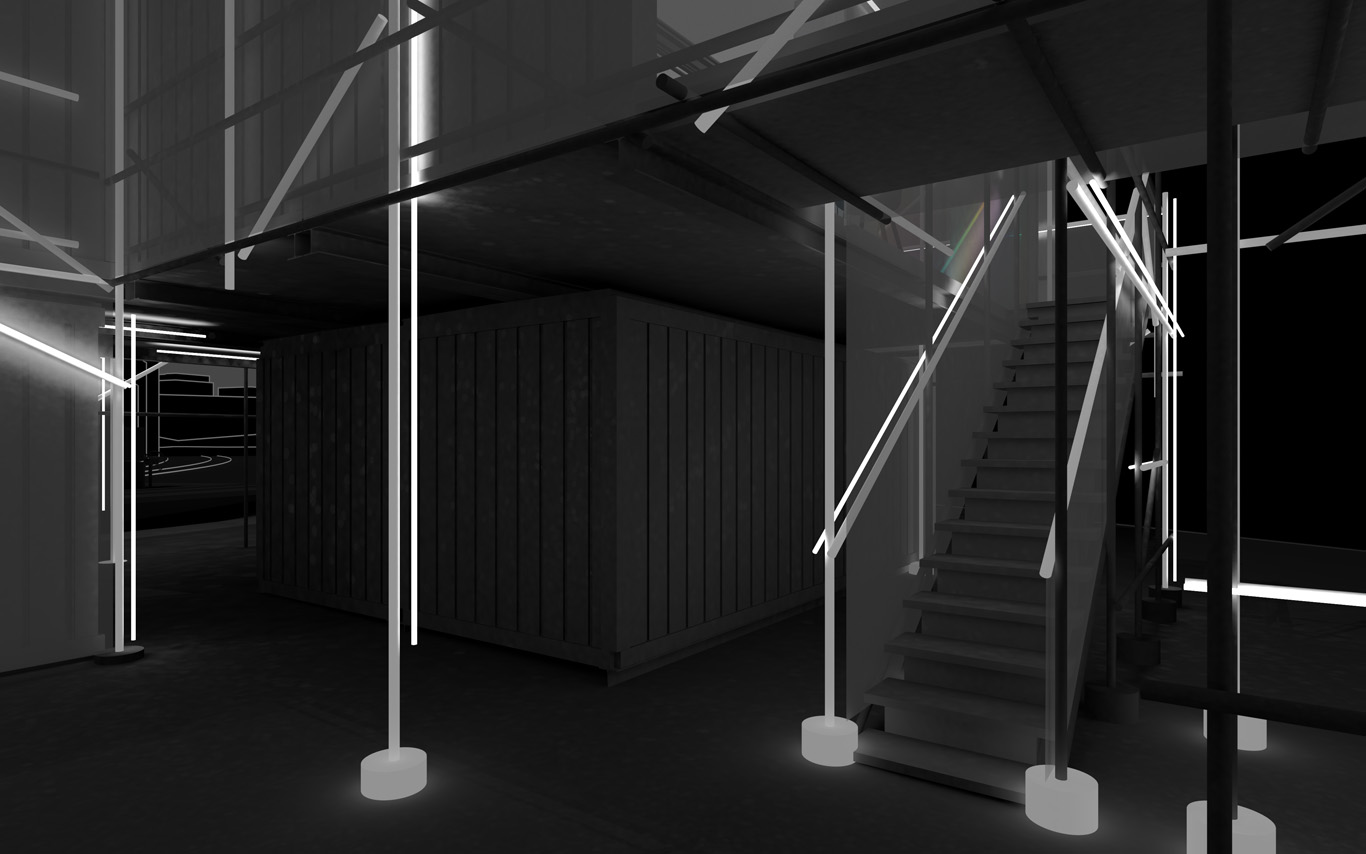
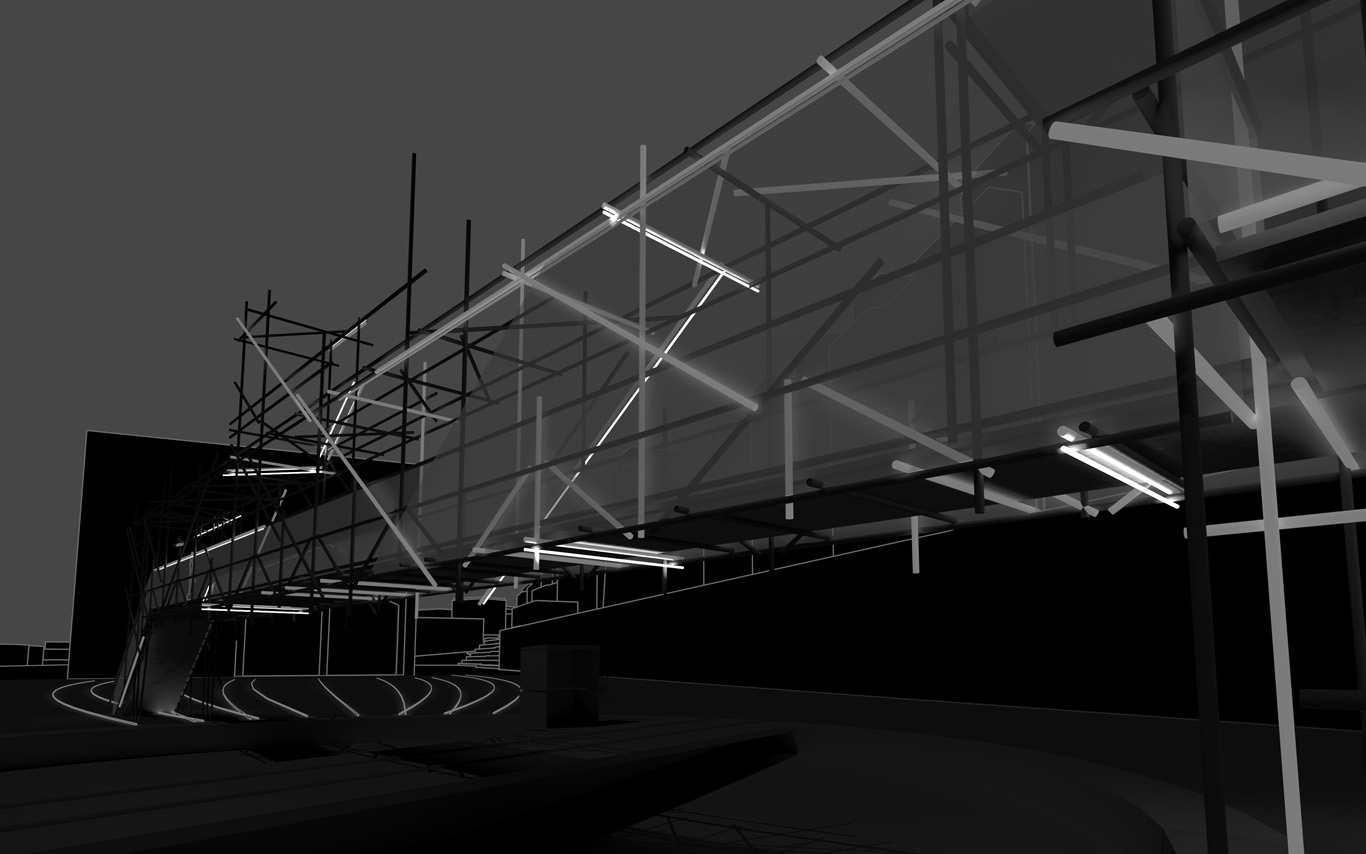
.jpg)
